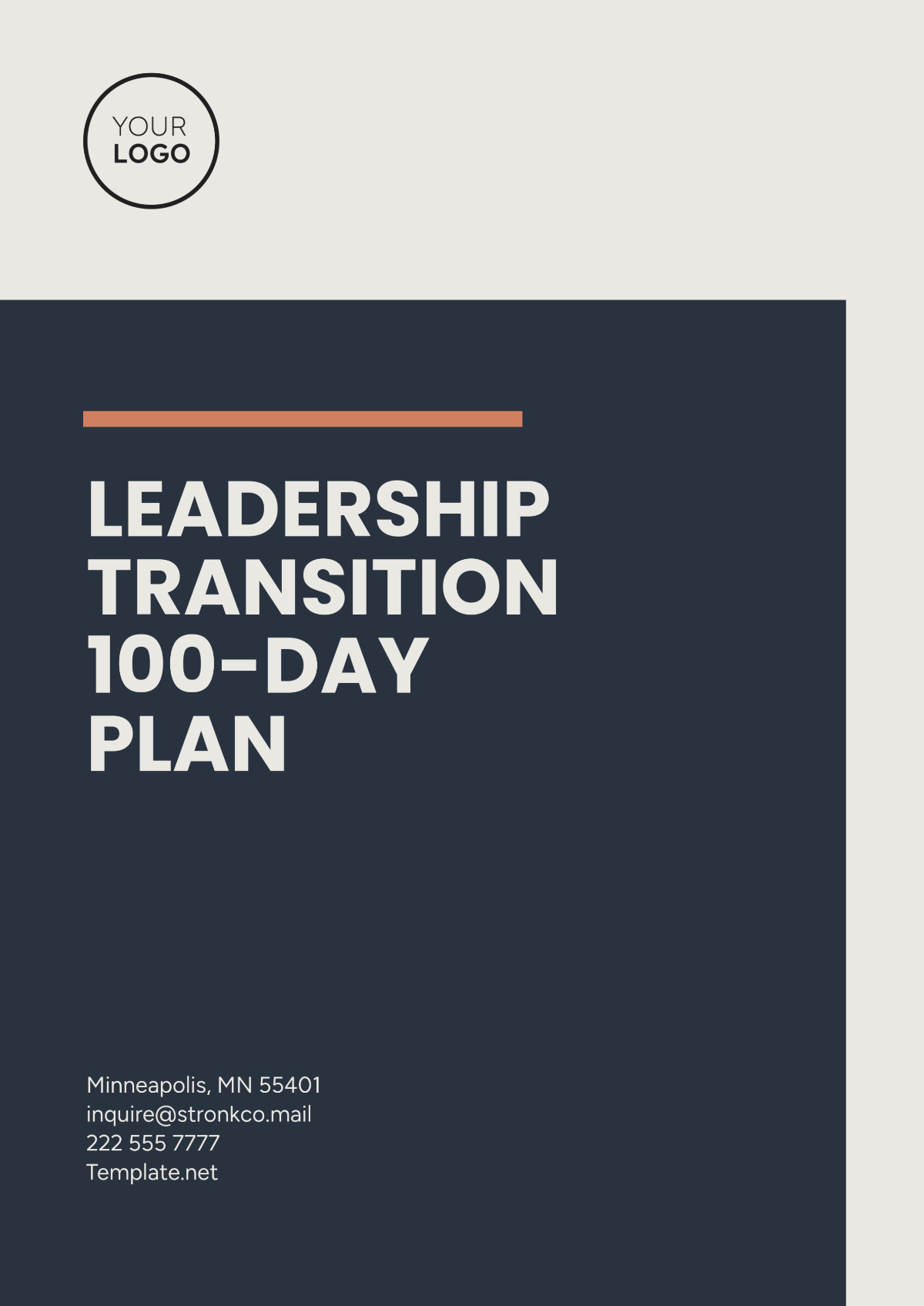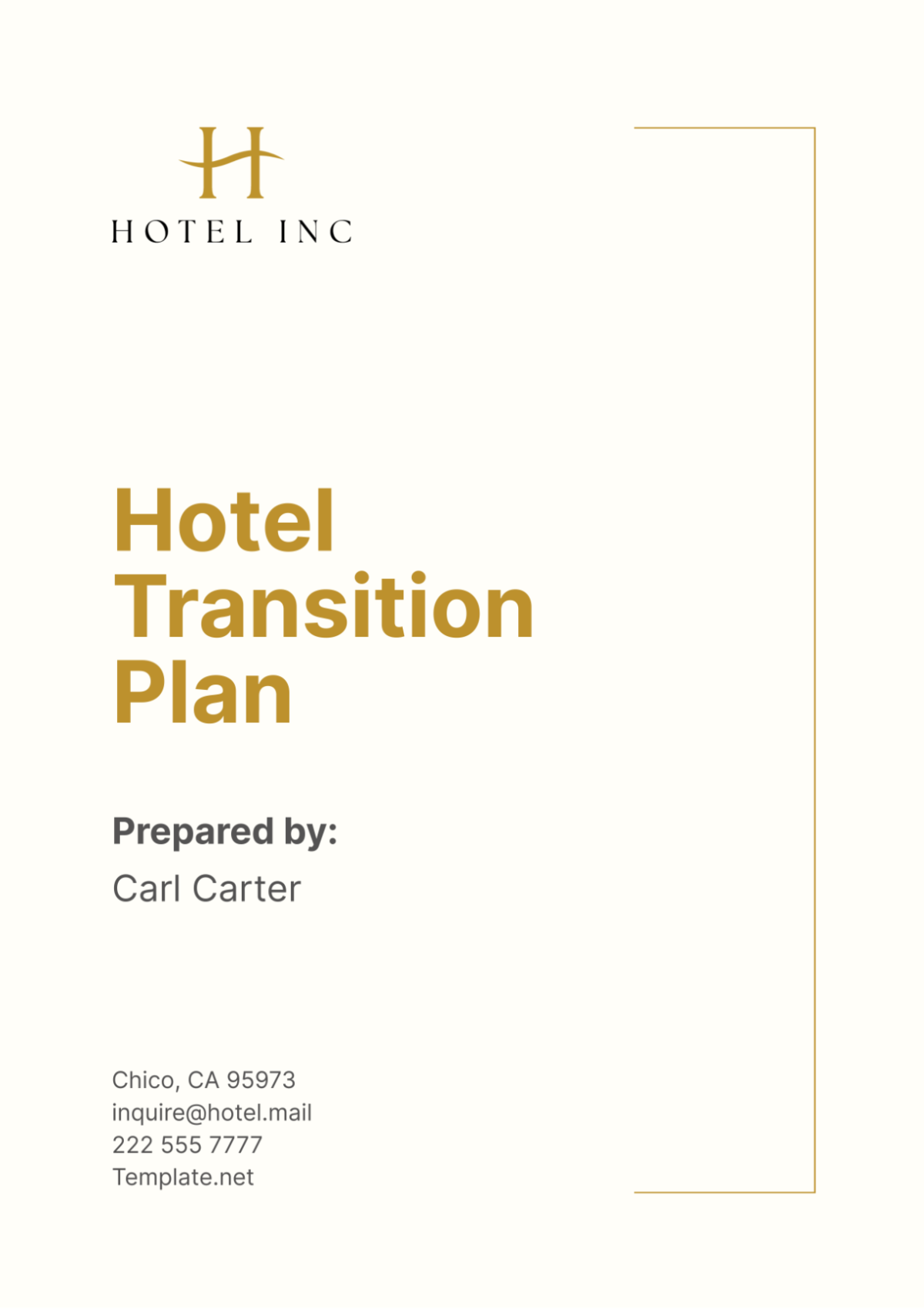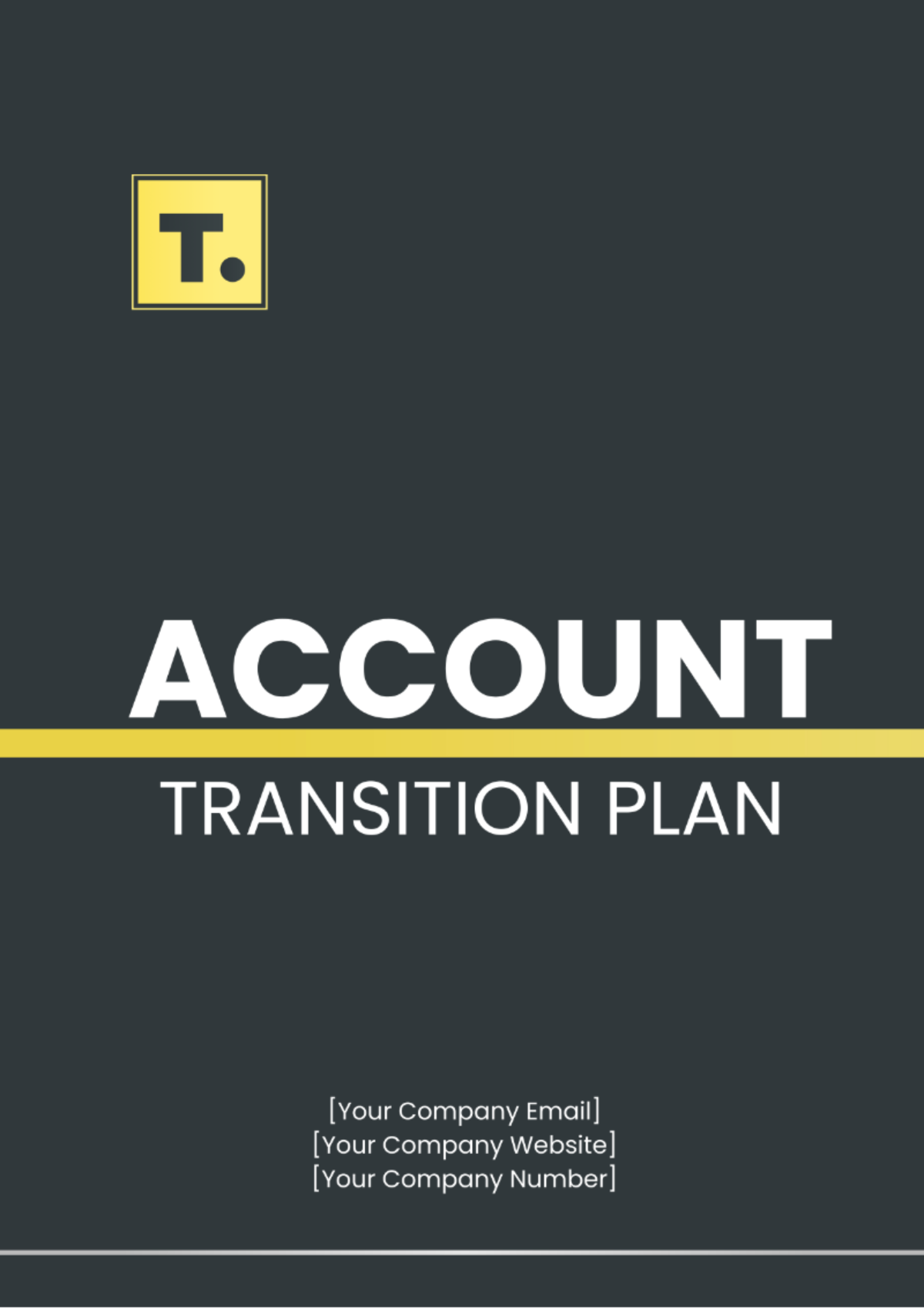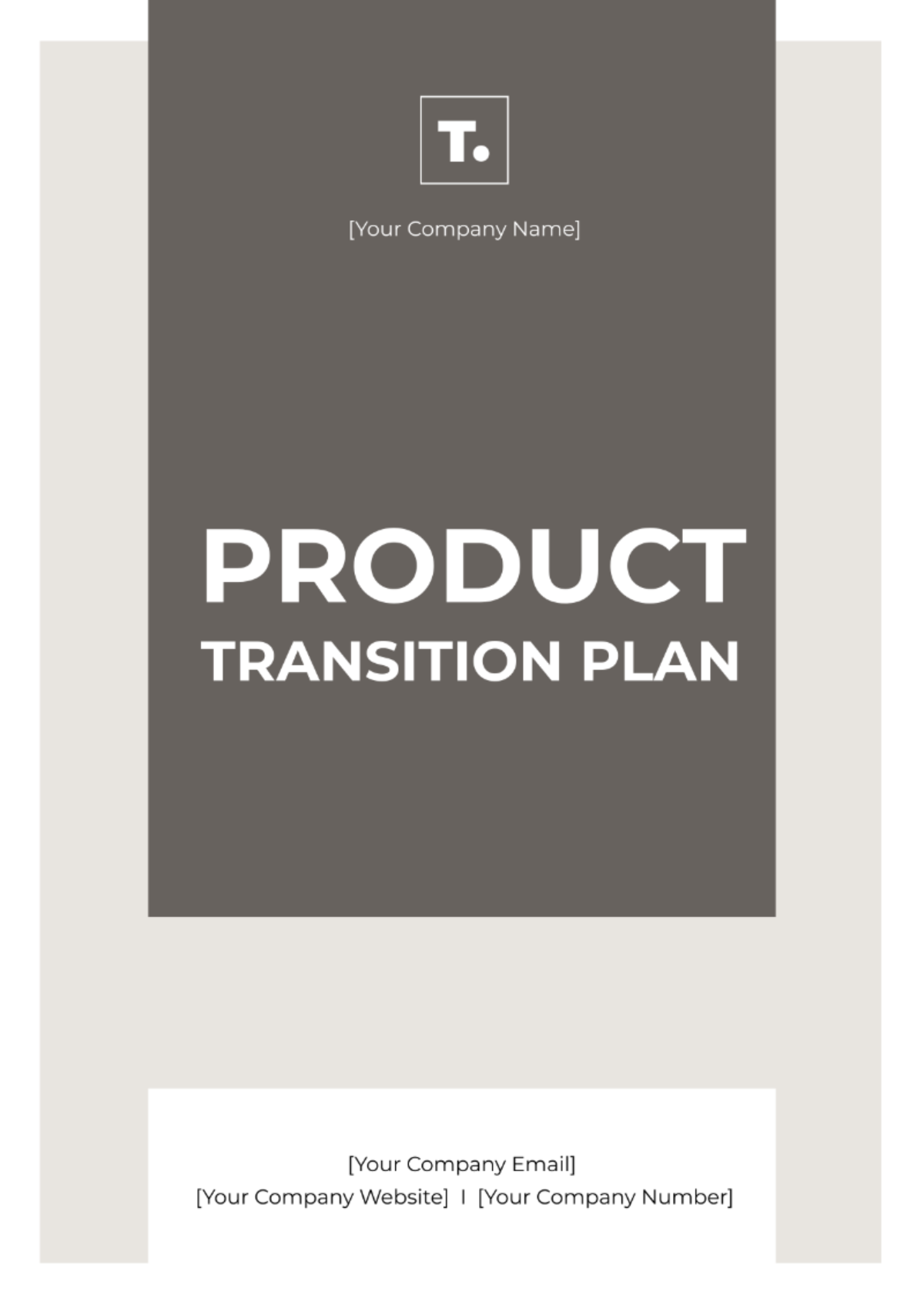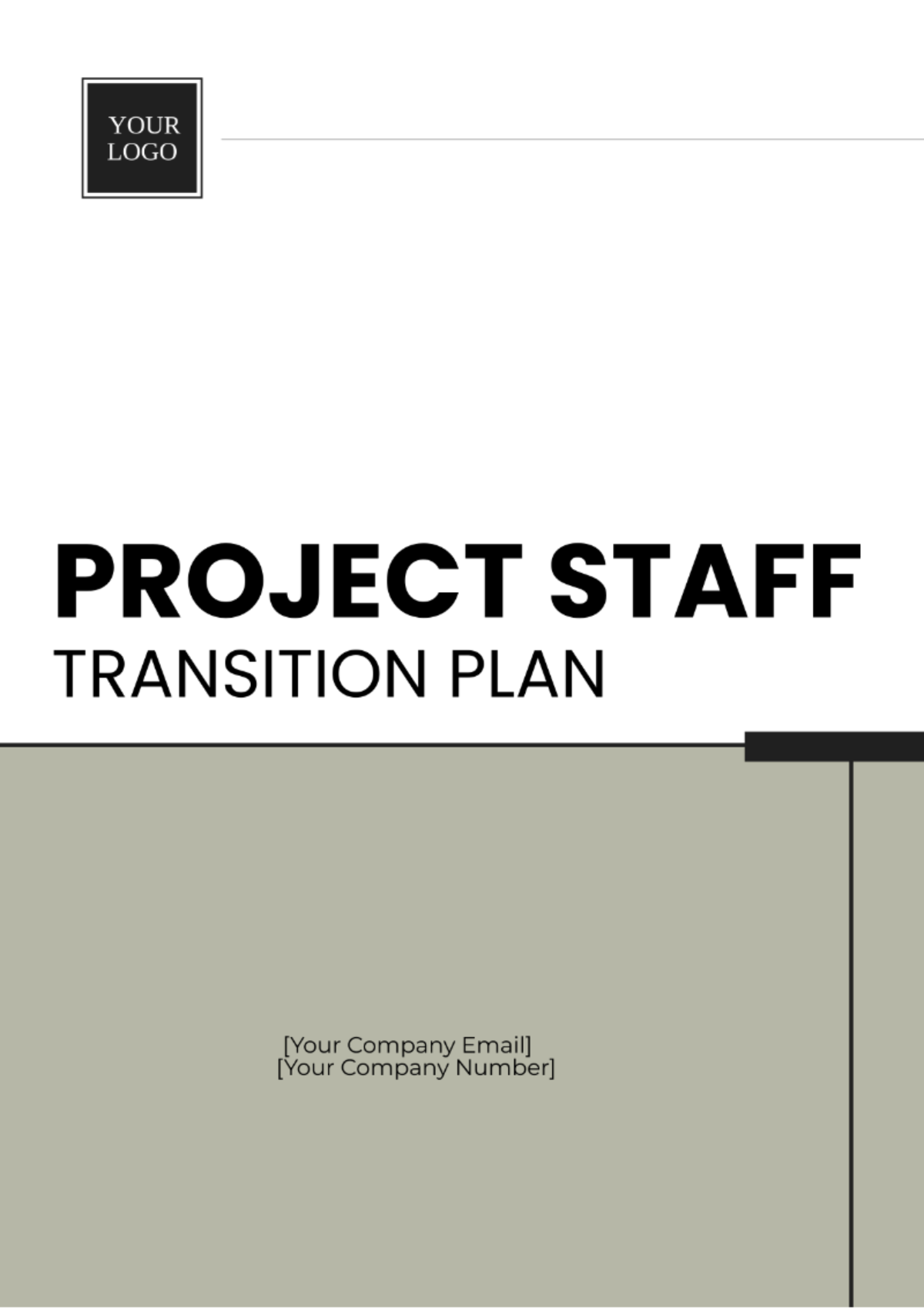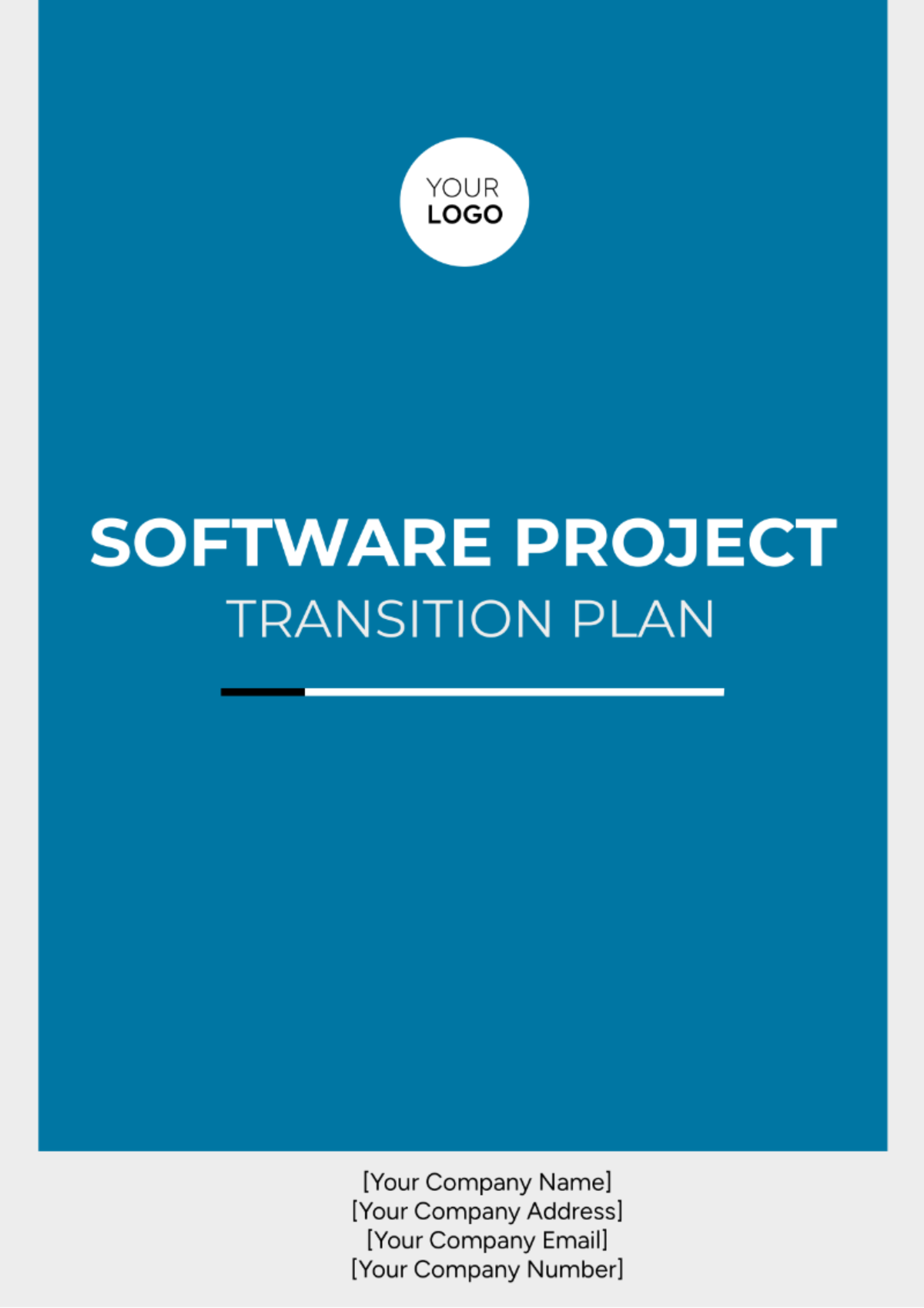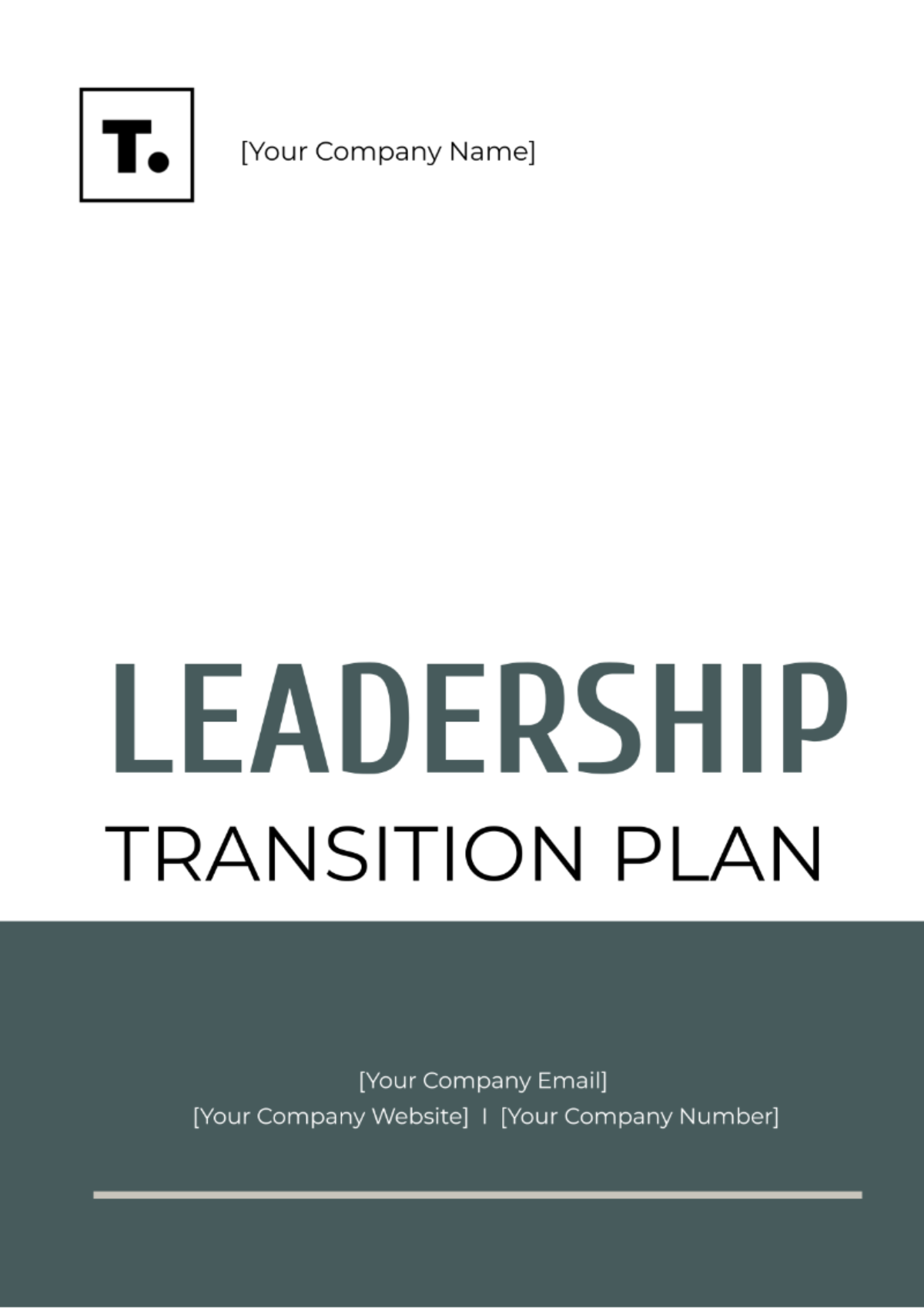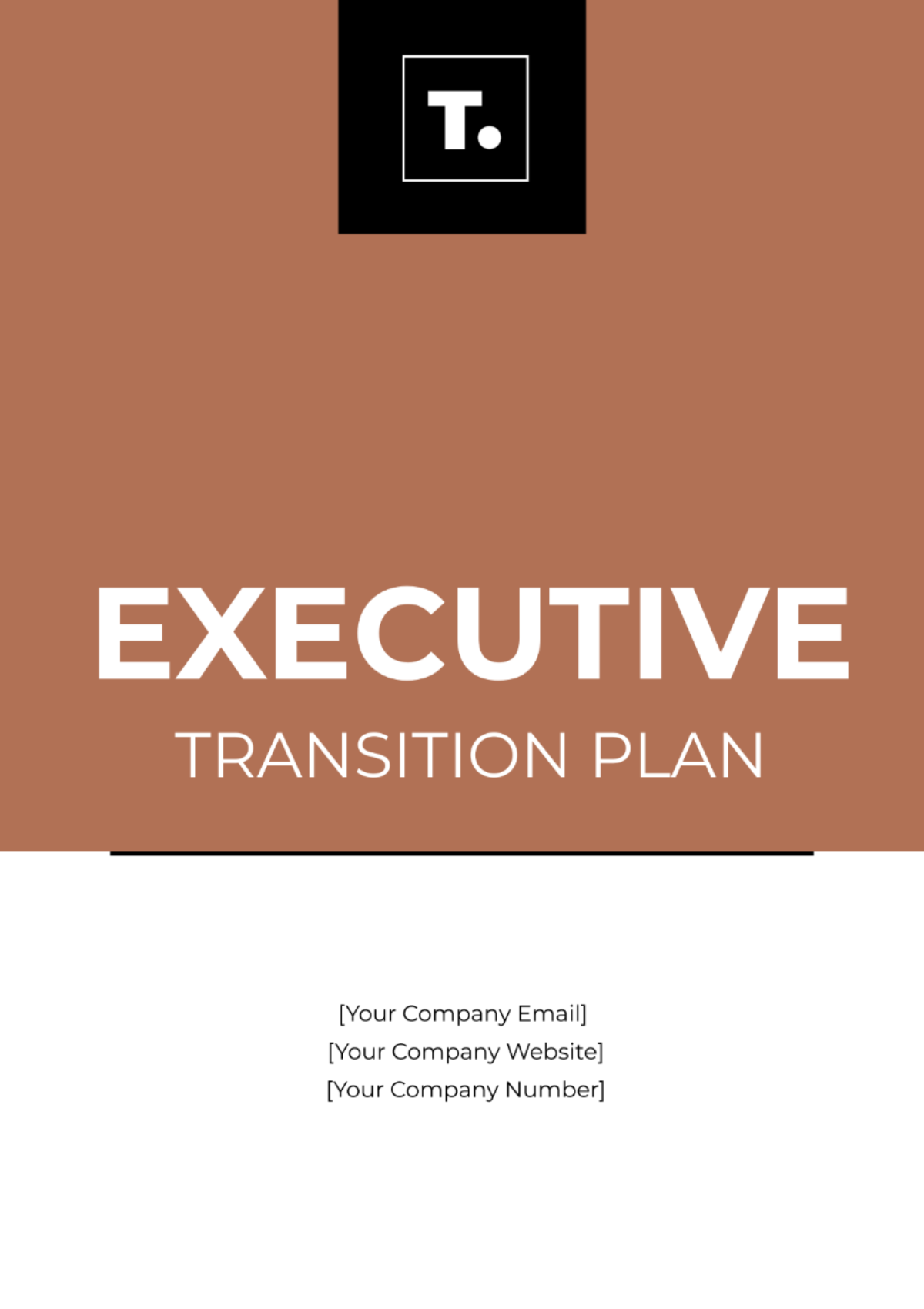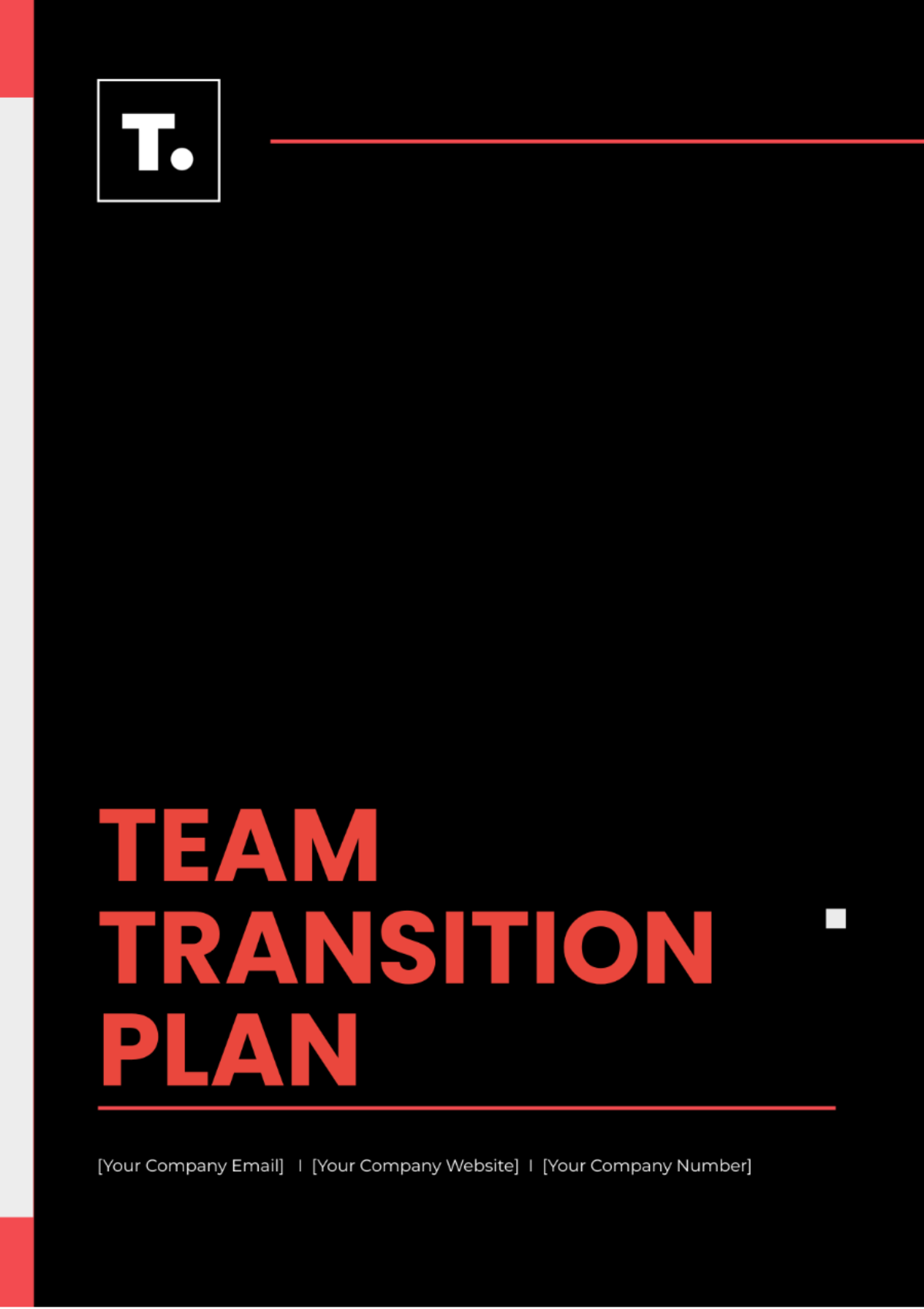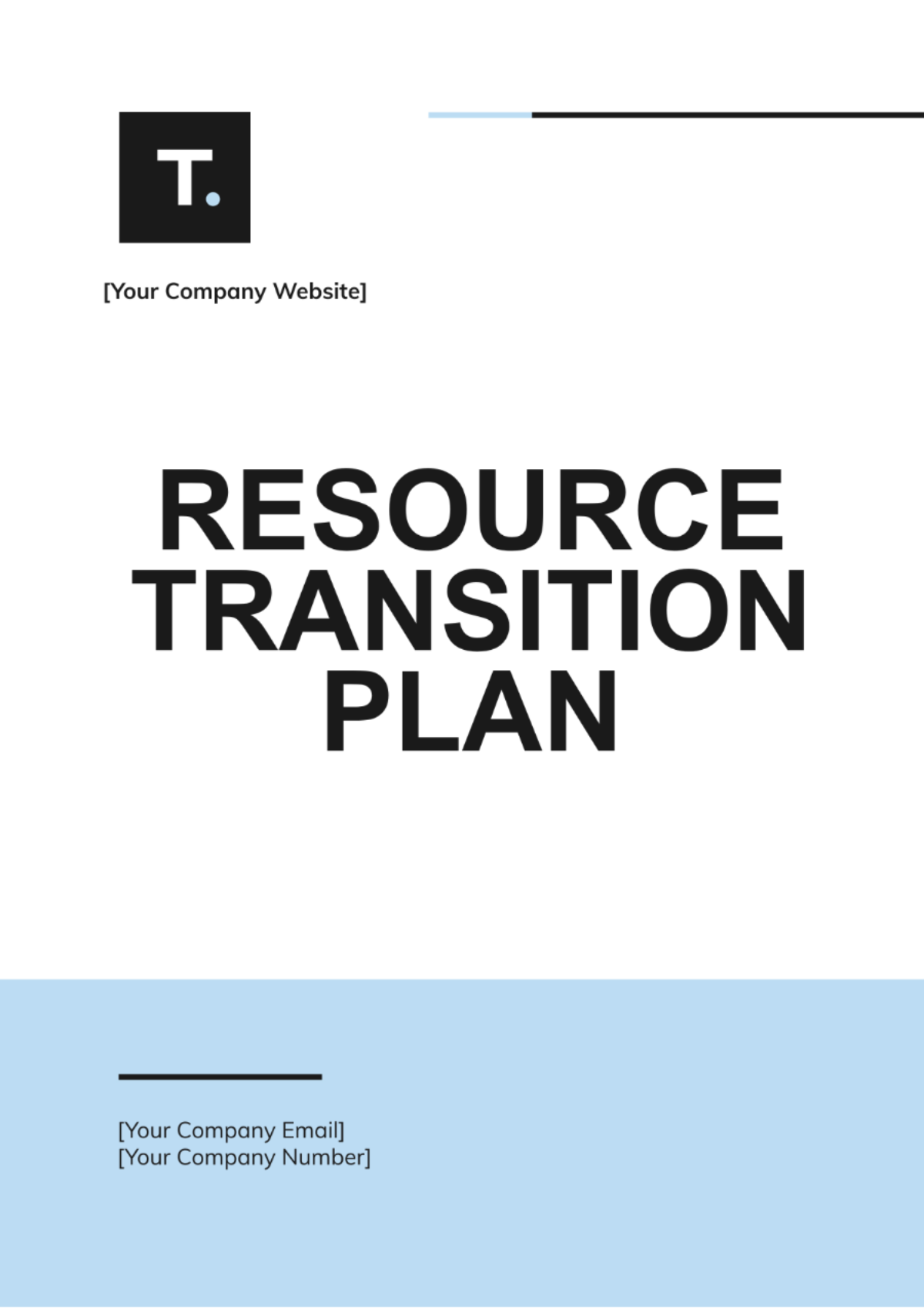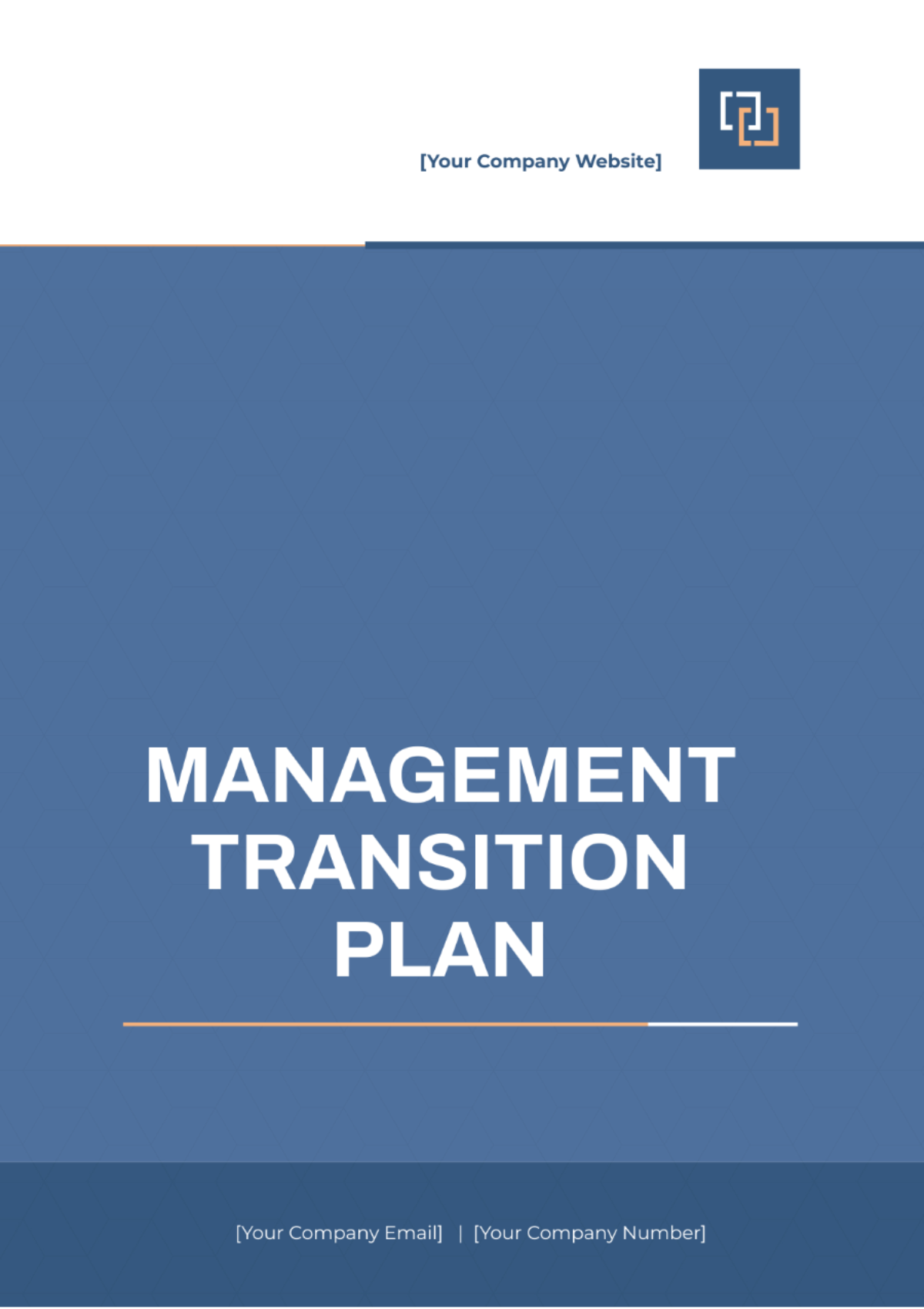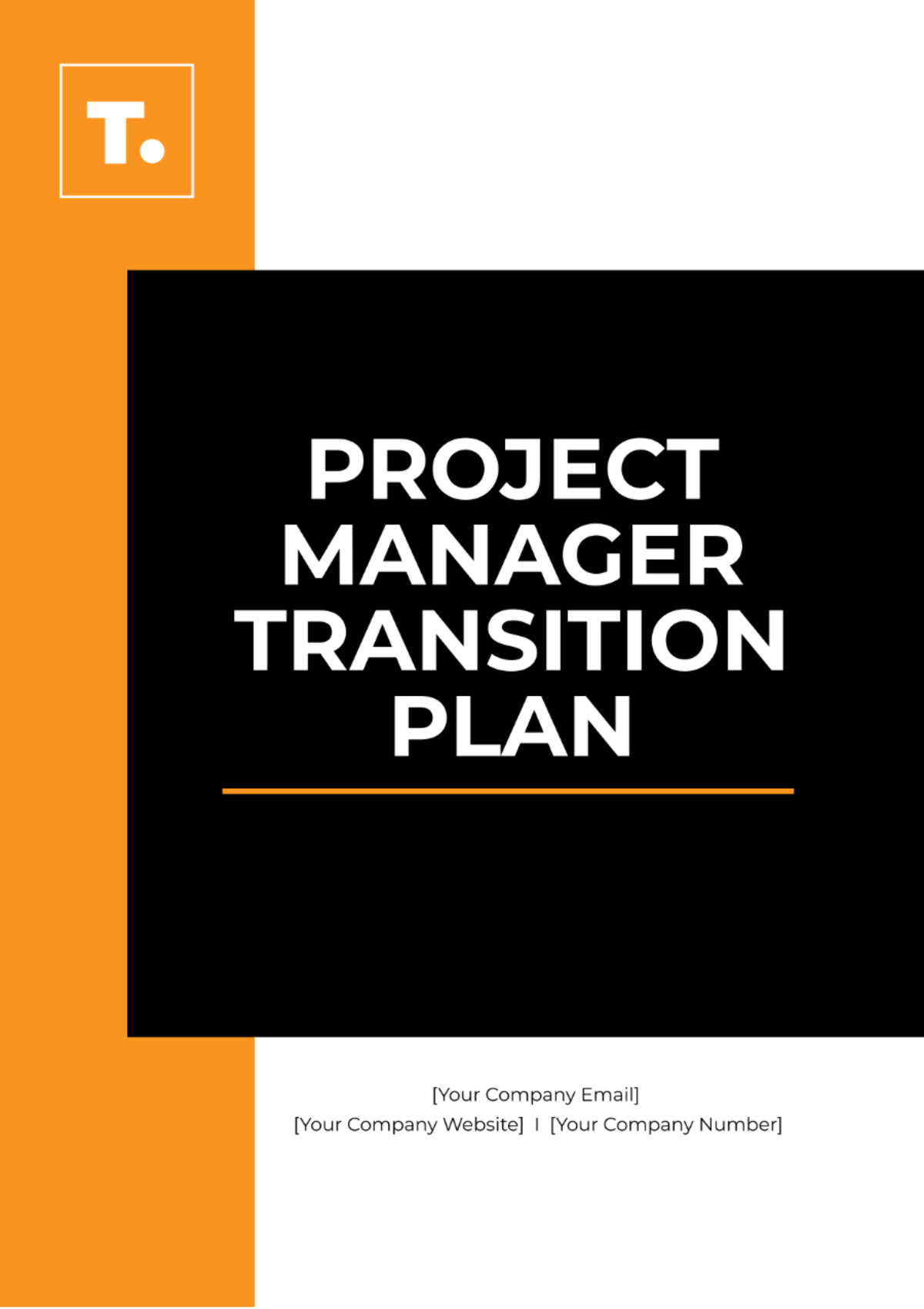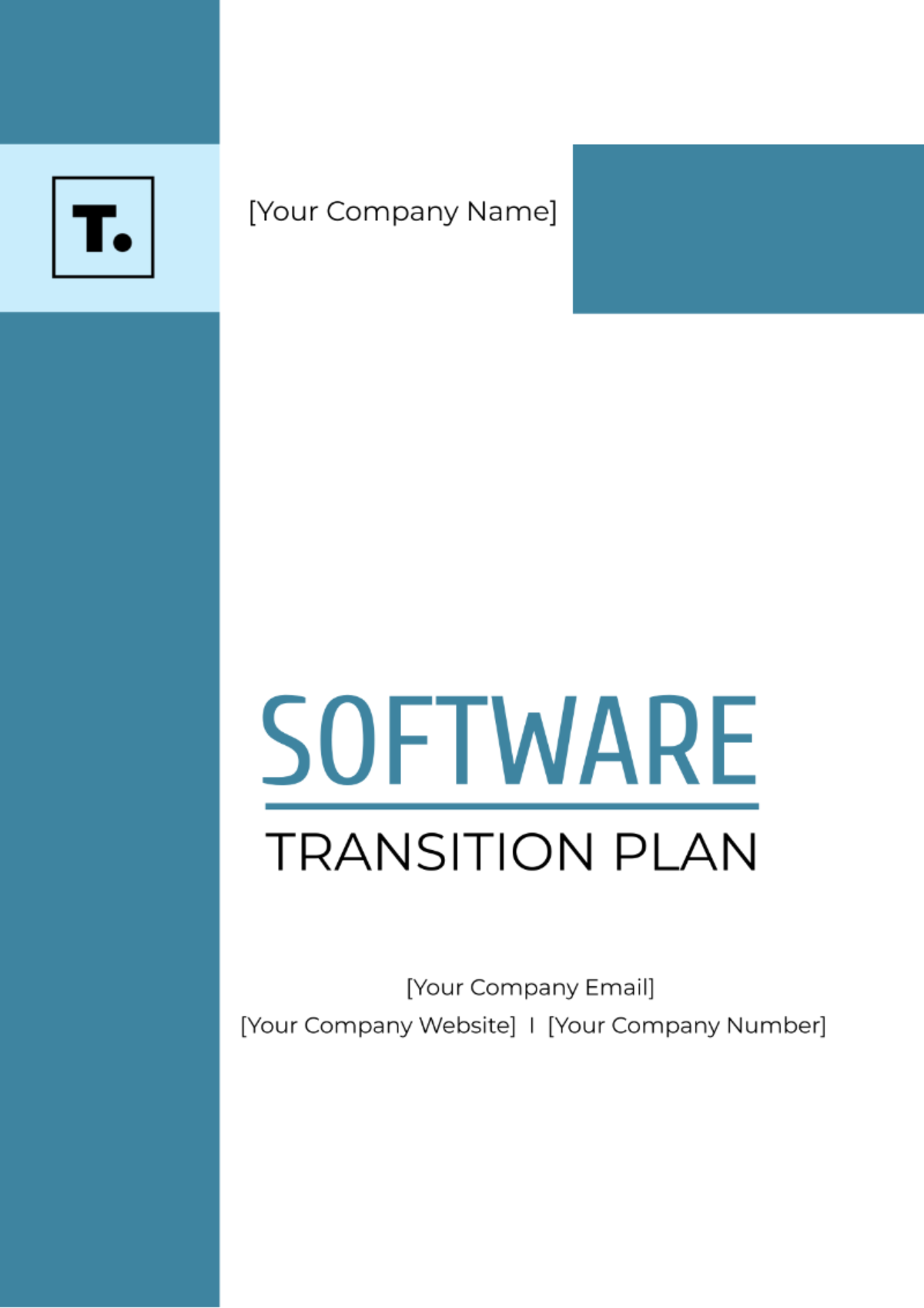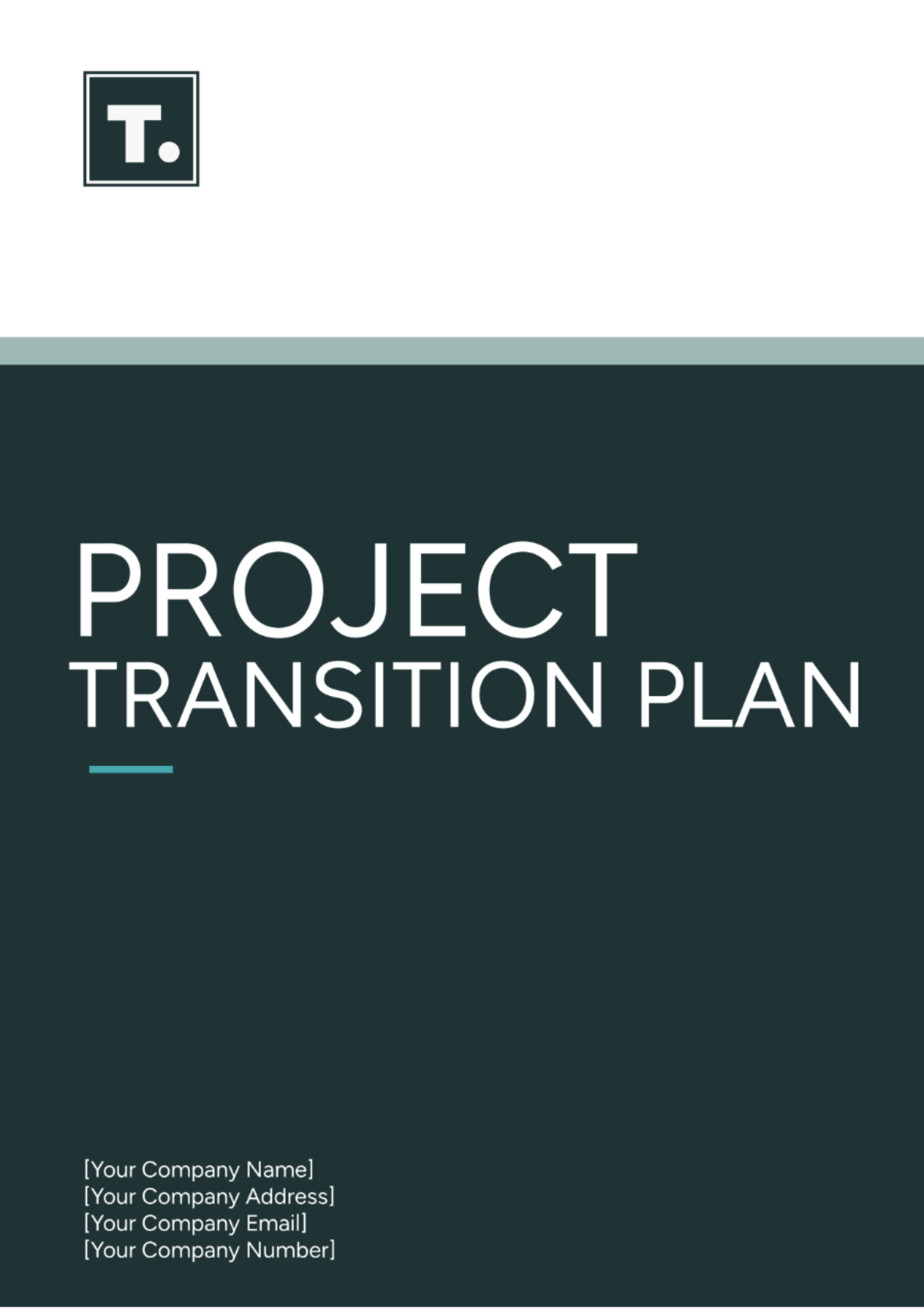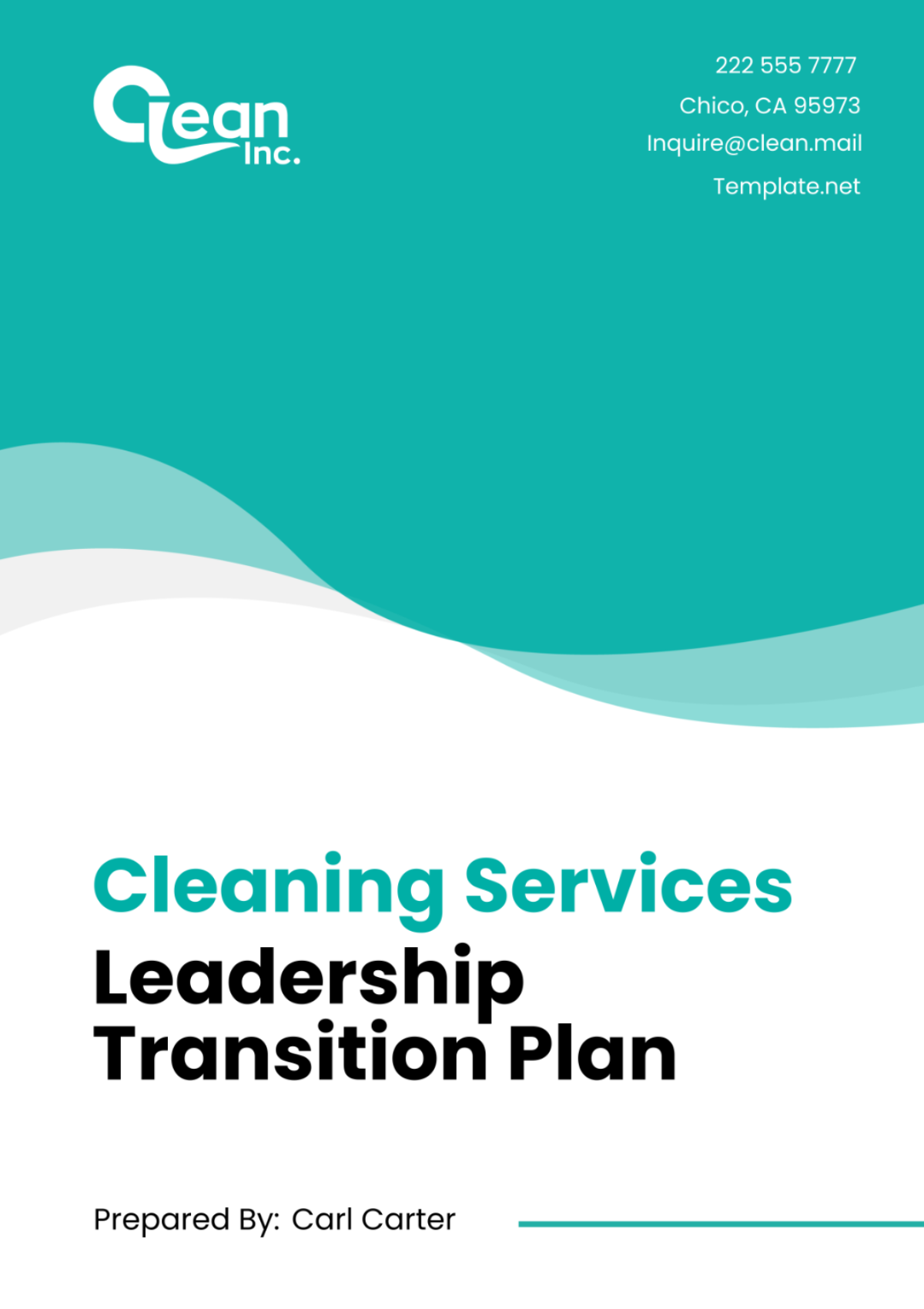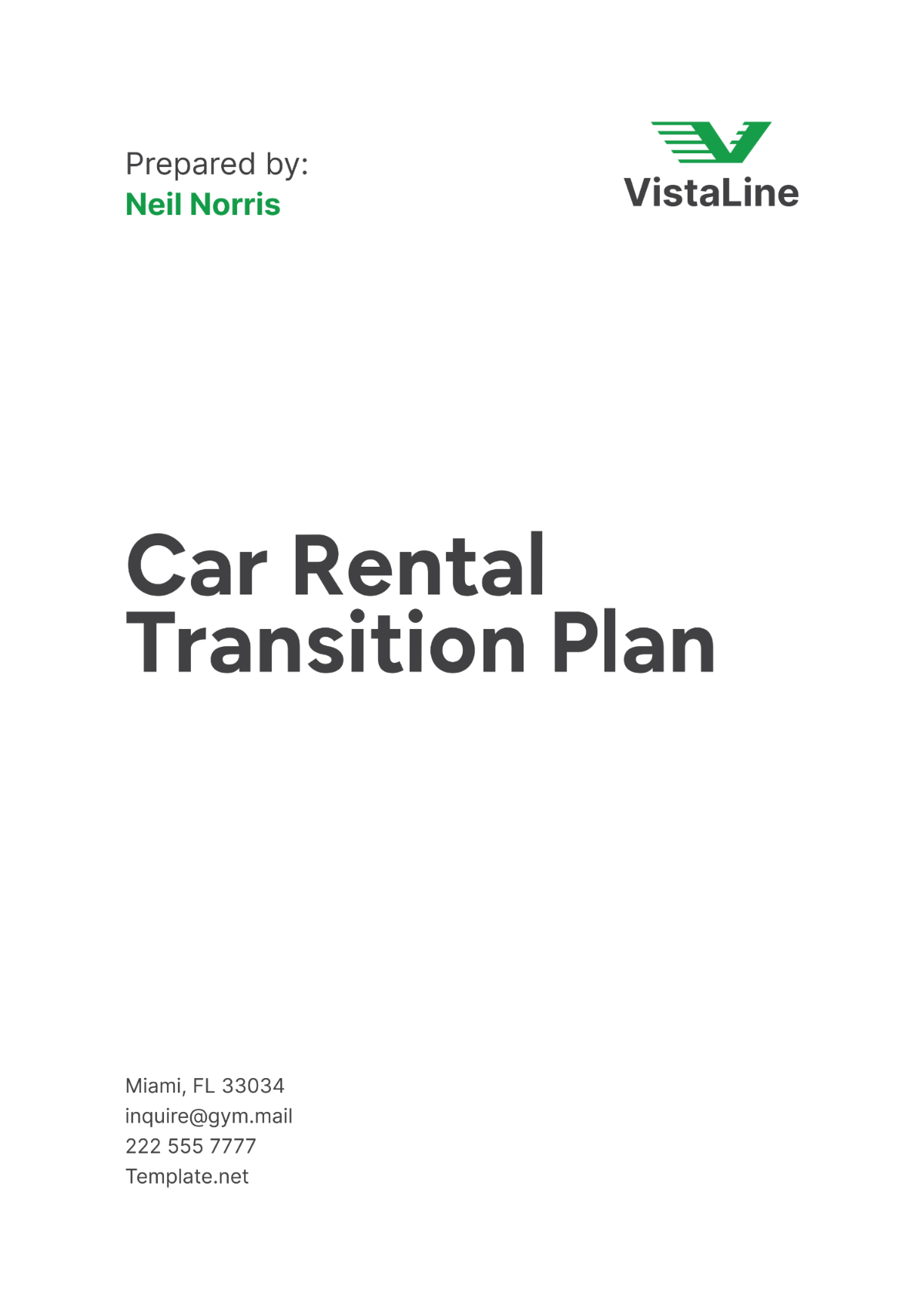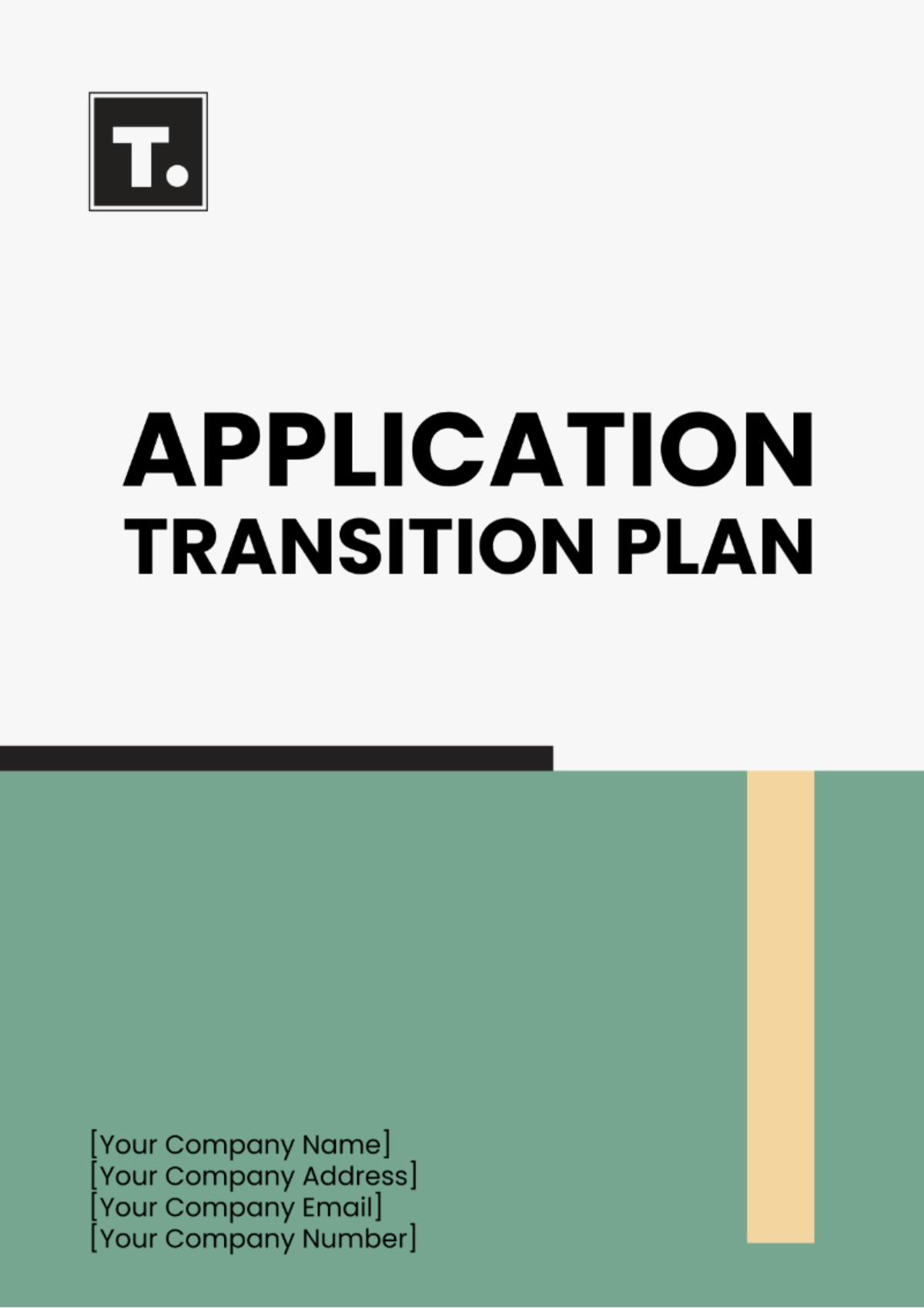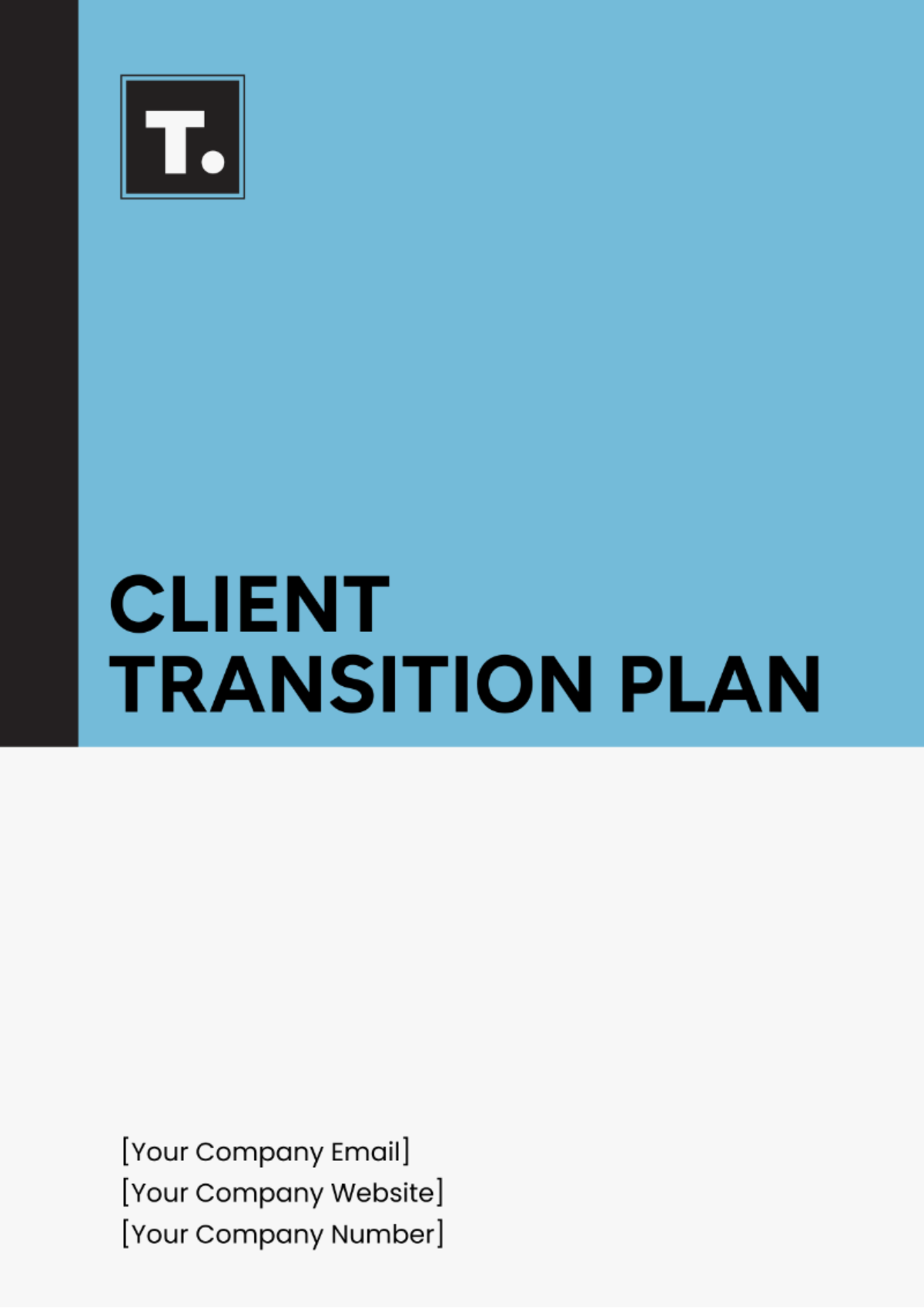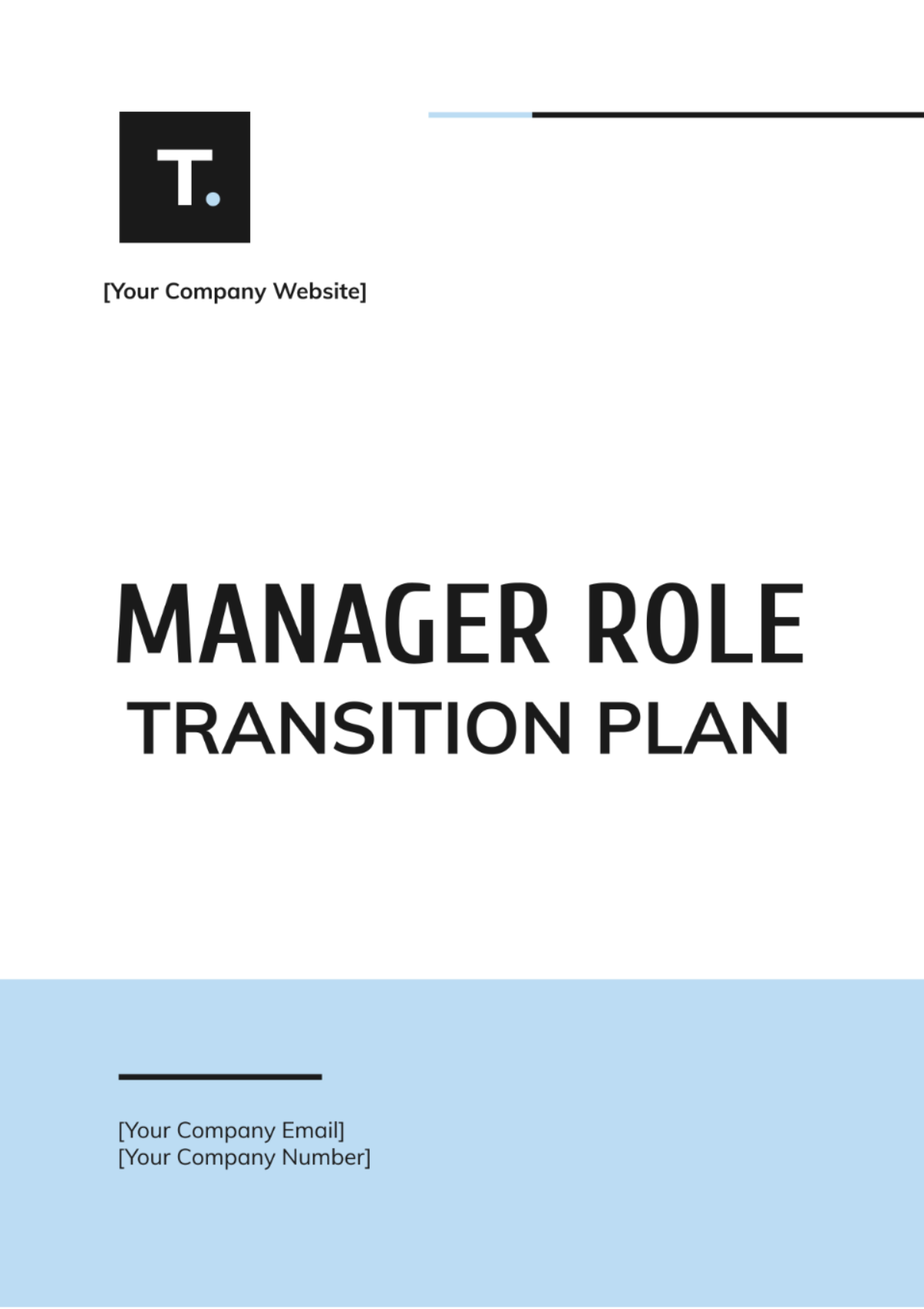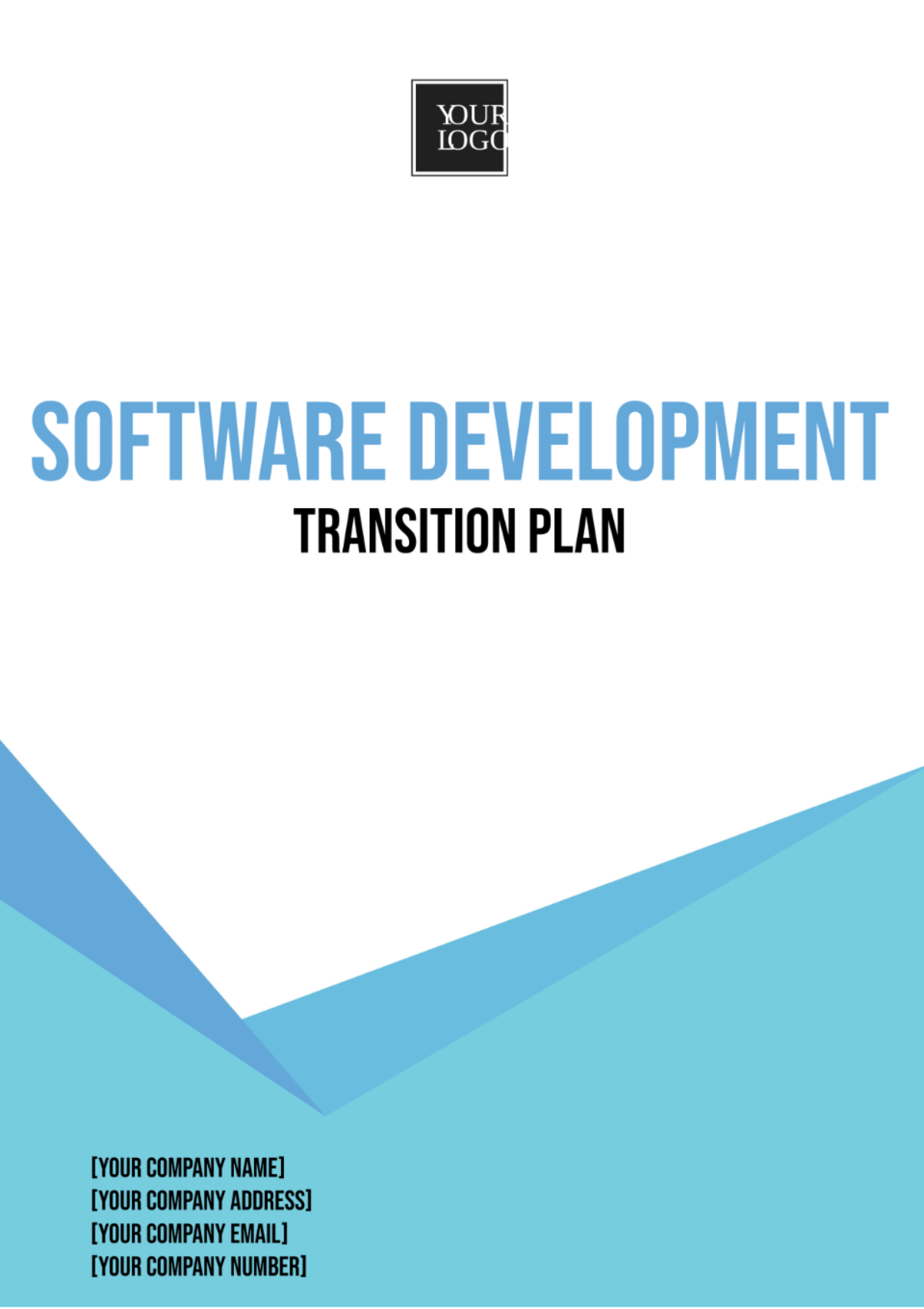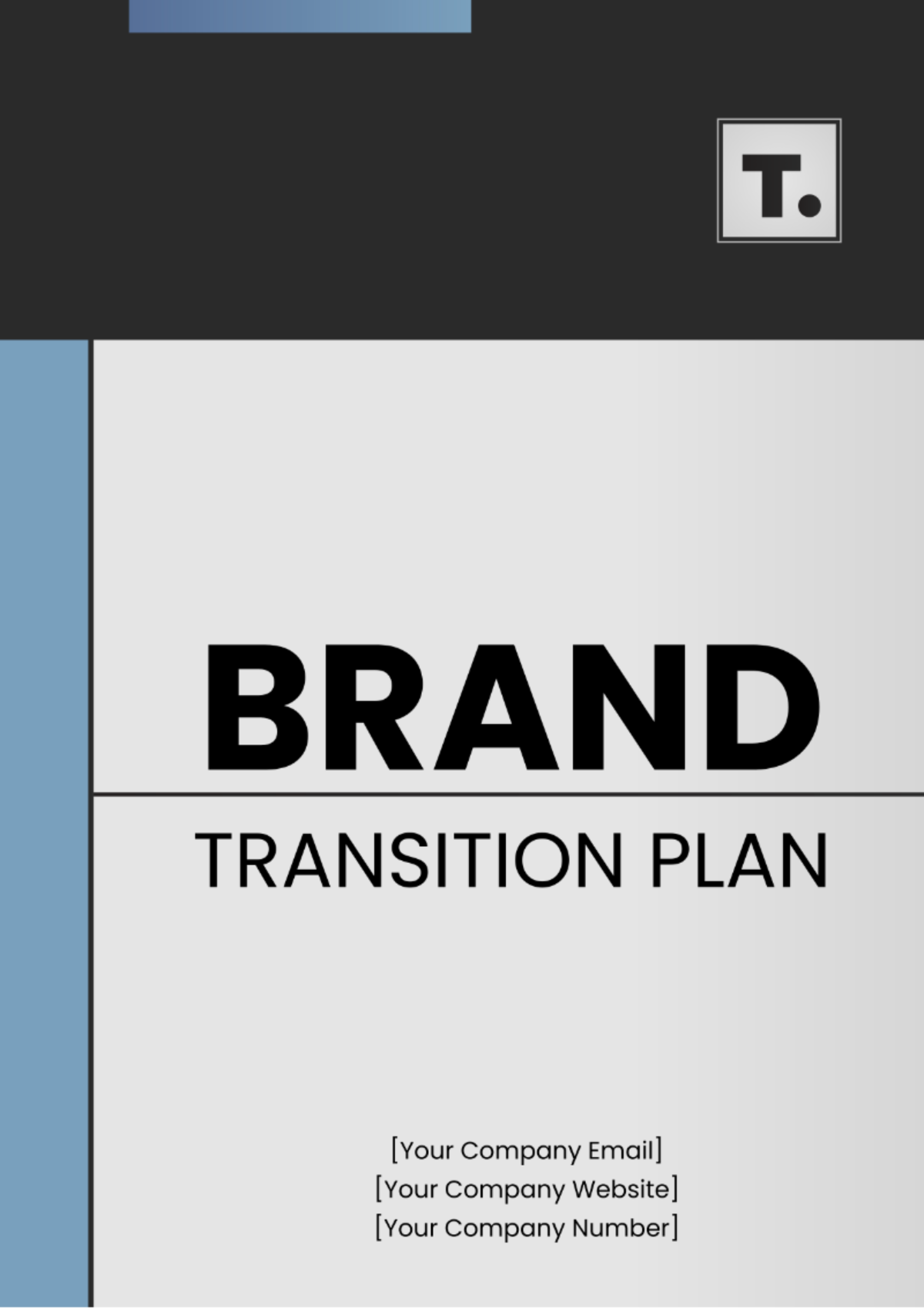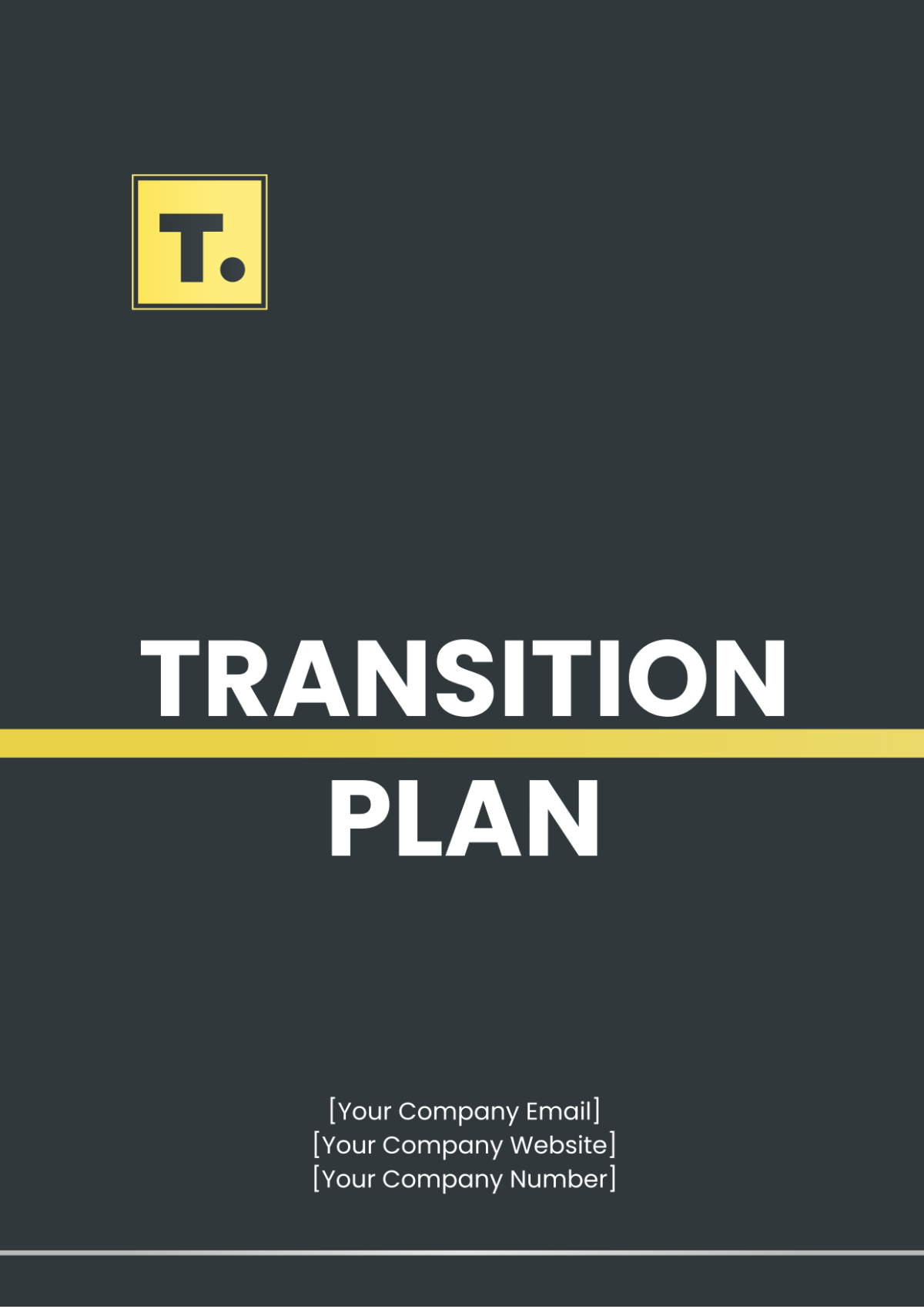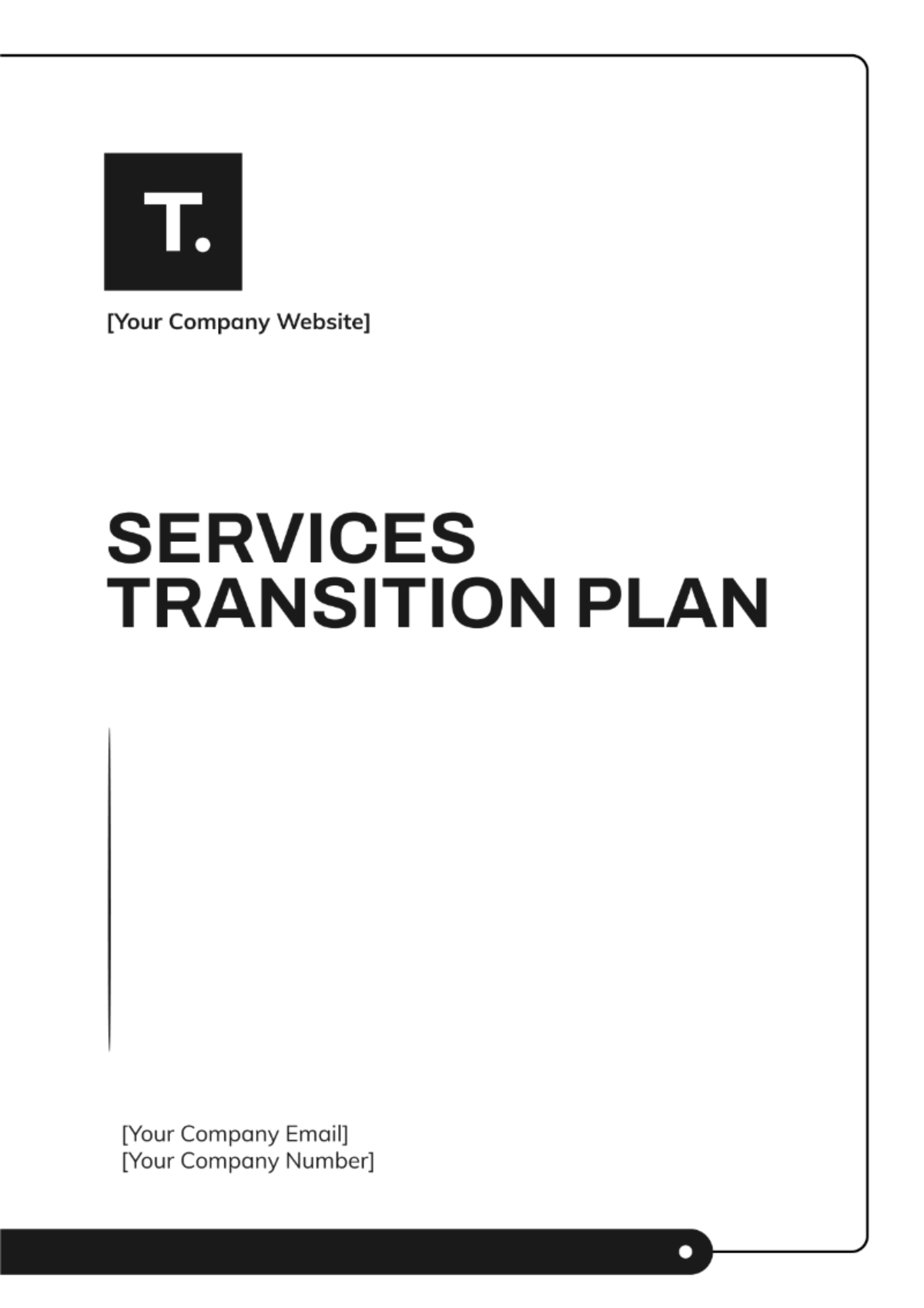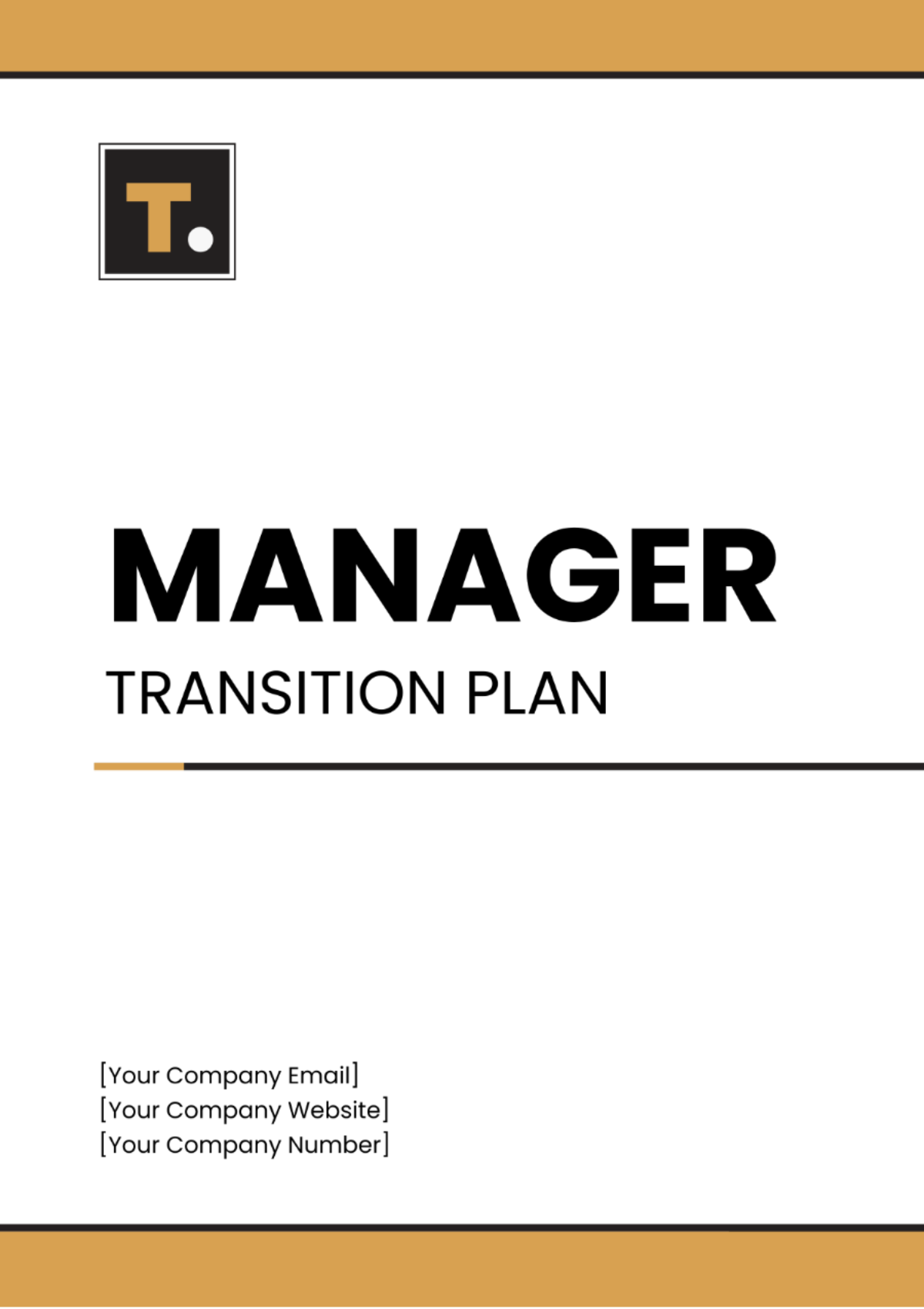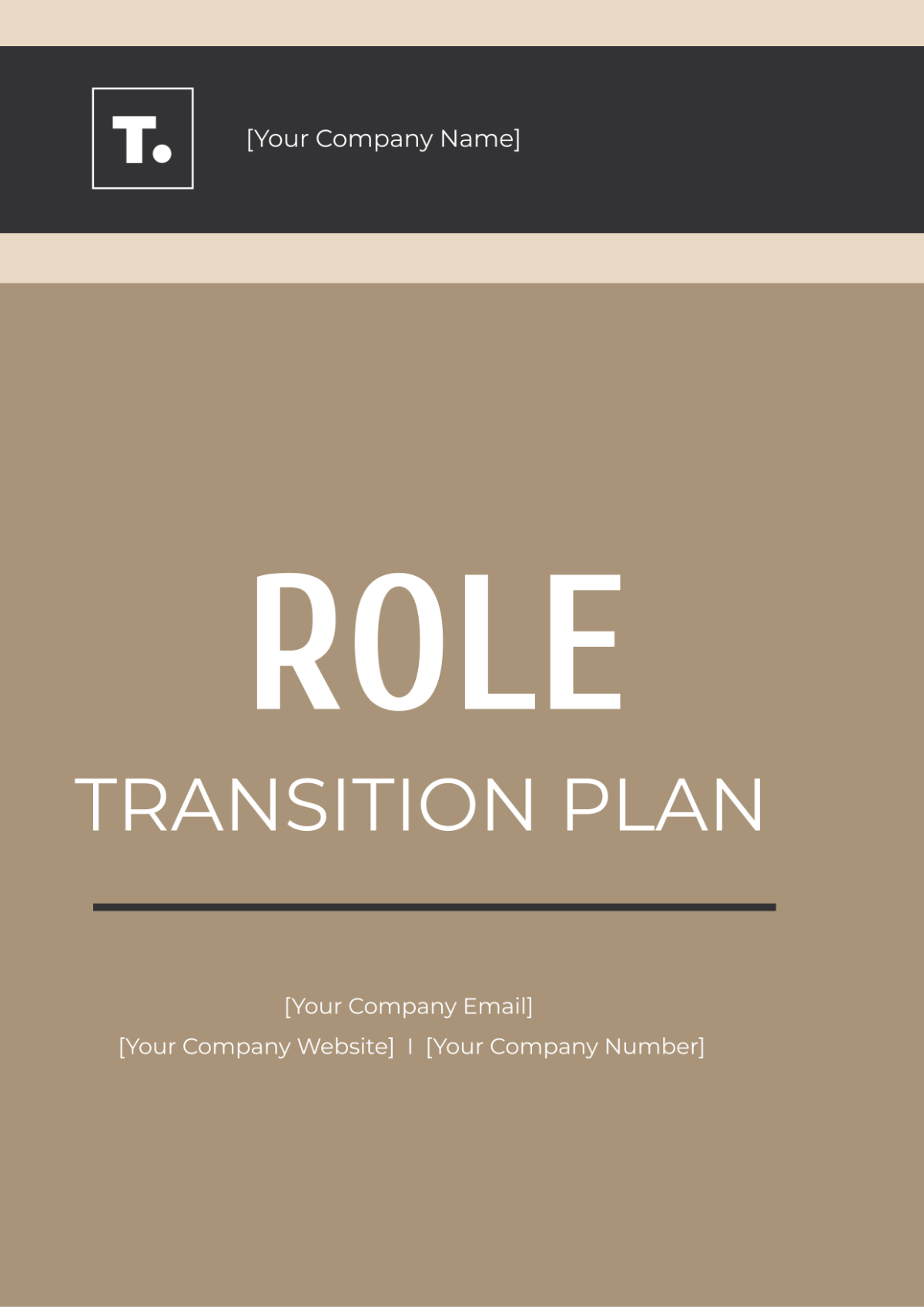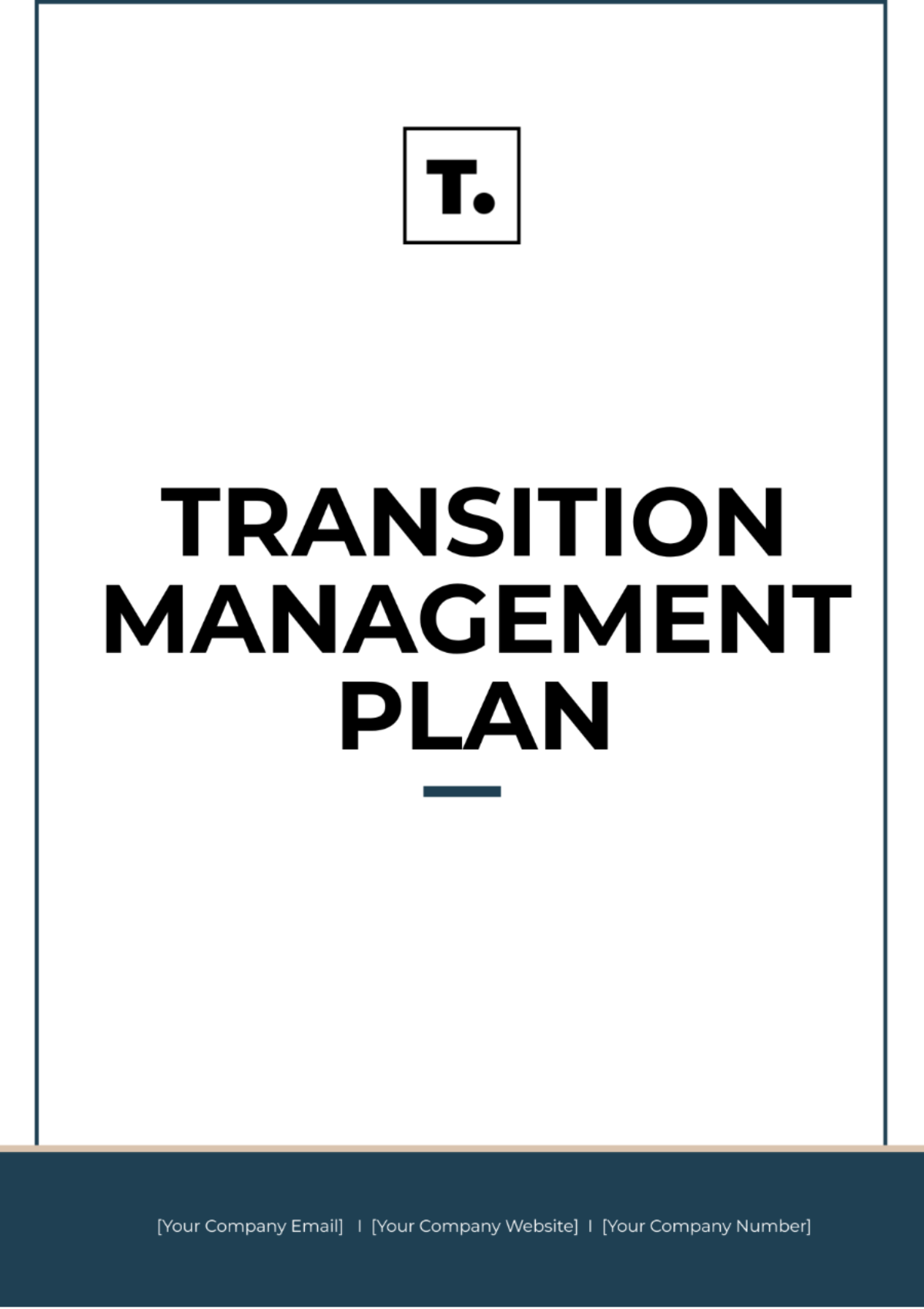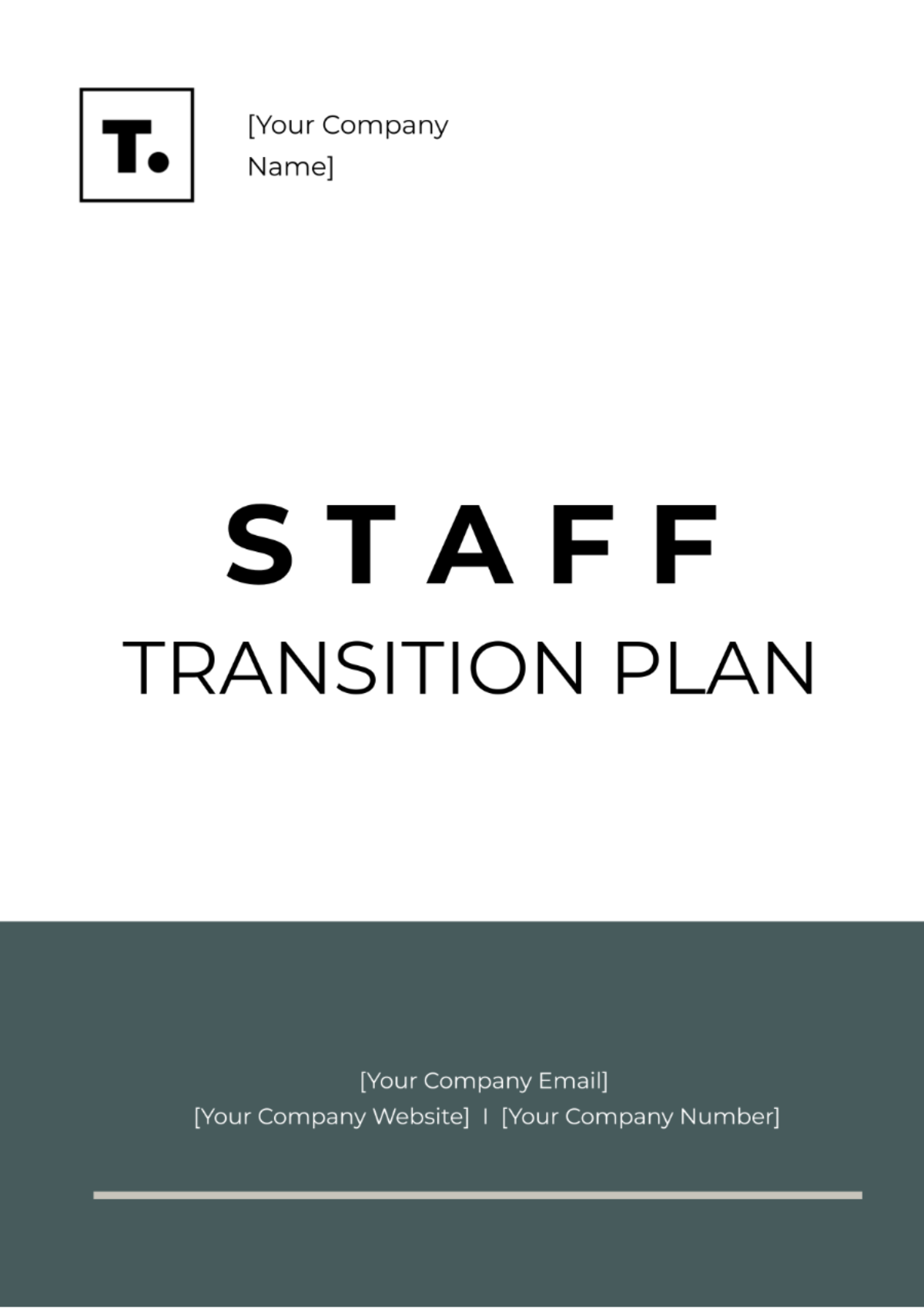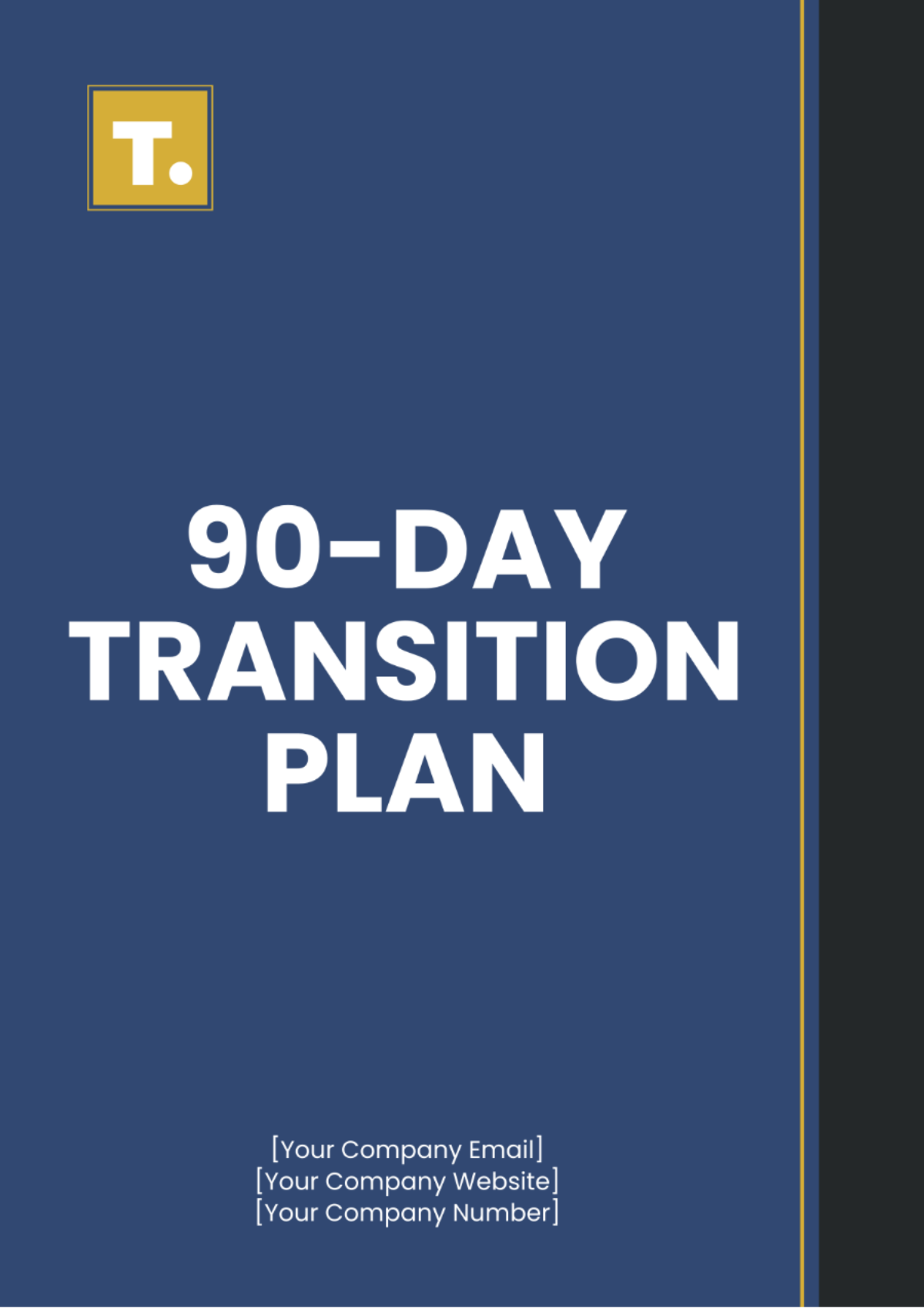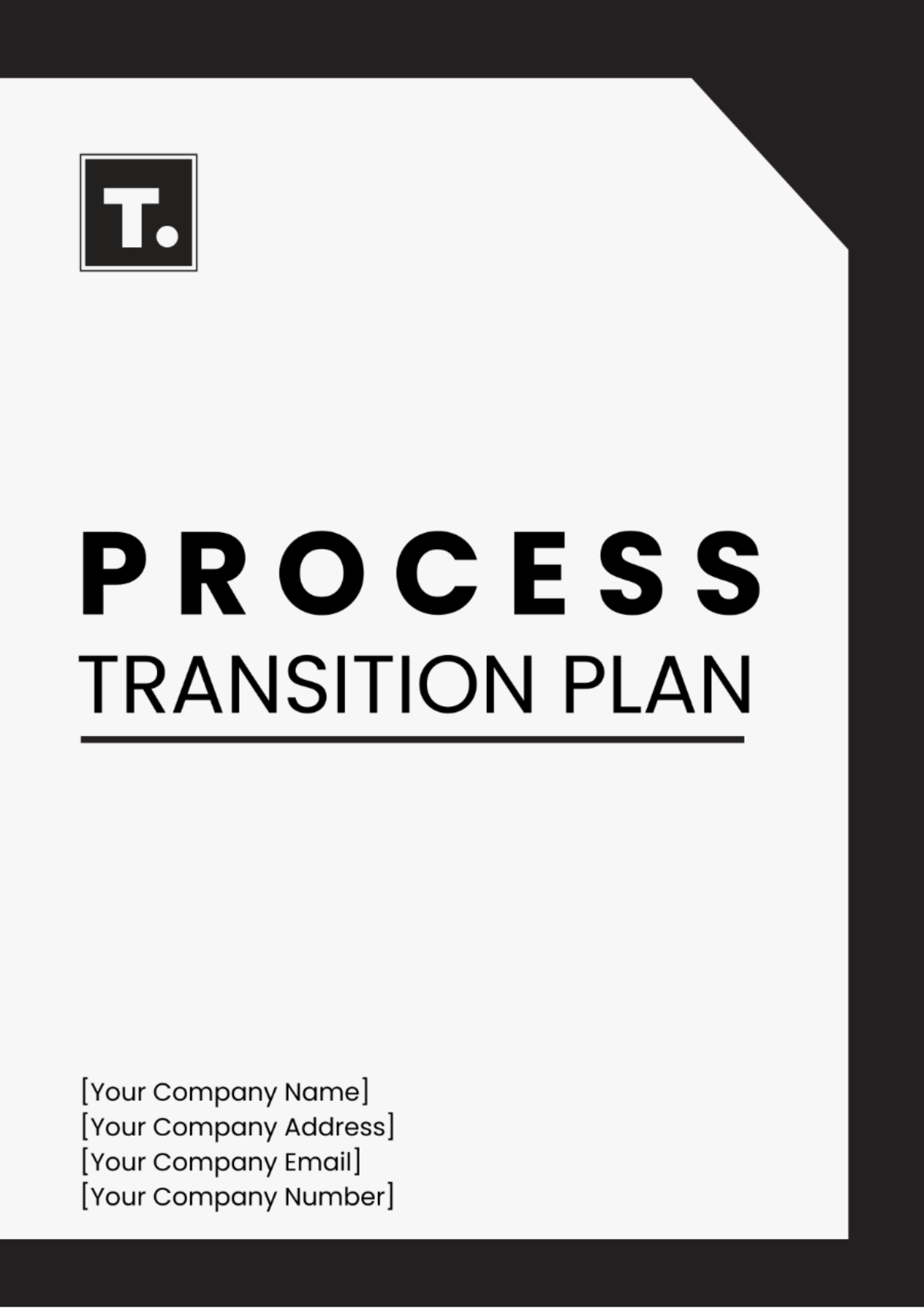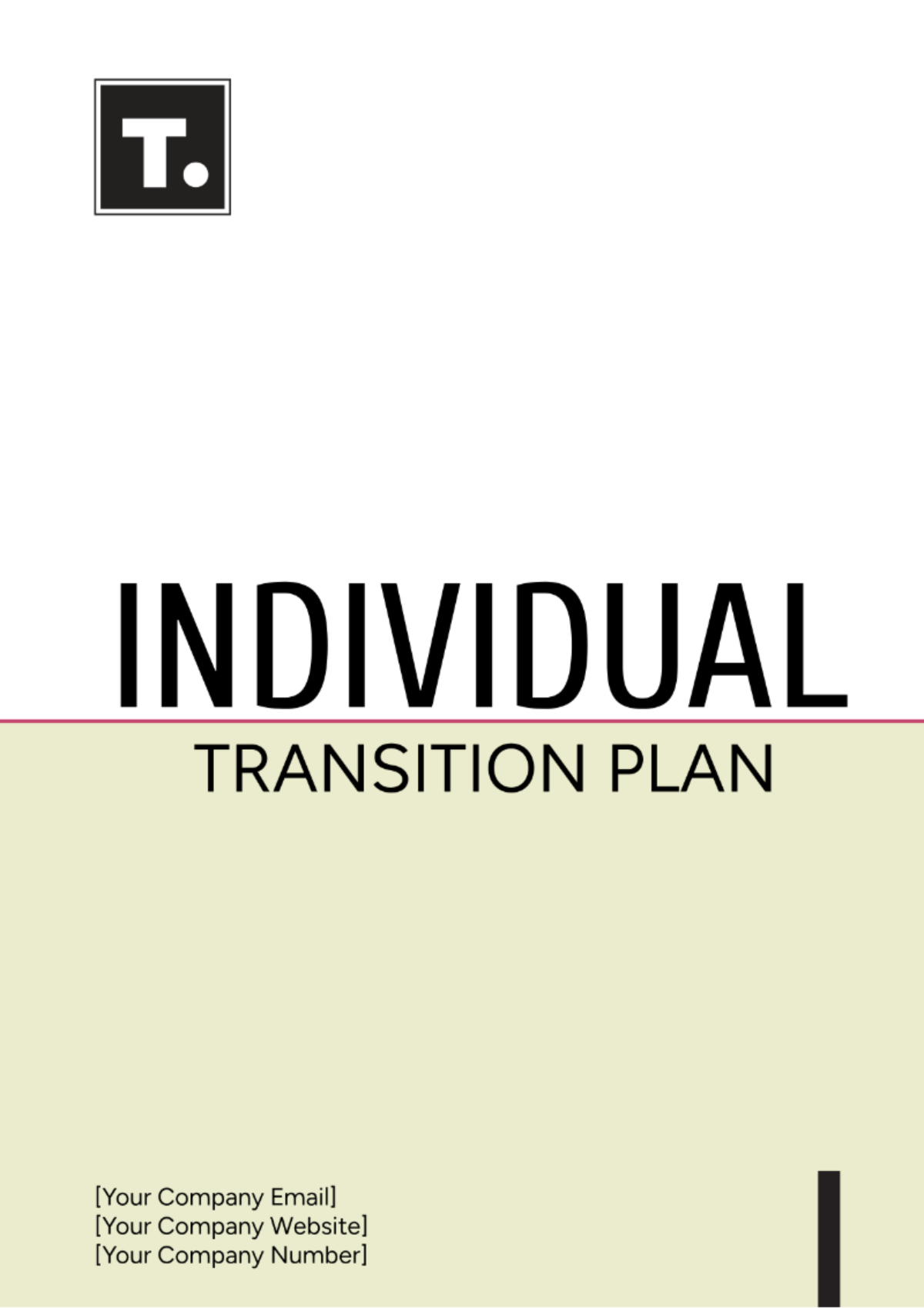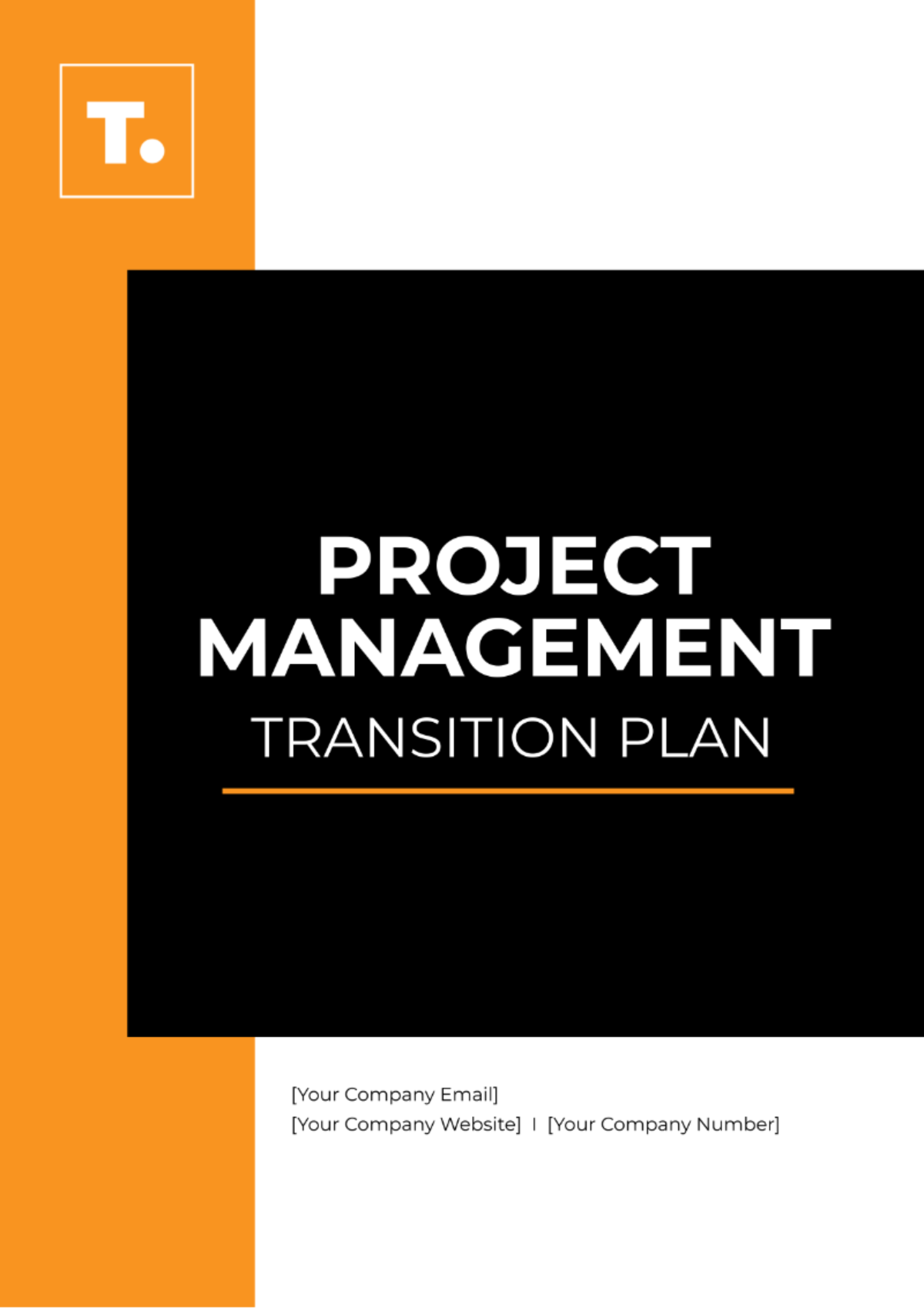90-Day Transition Plan
Prepared By: | [YOUR NAME] |
Company Name: | [YOUR COMPANY NAME] |
Date Prepared: | [DATE] |
I. Introduction
Introducing the 90-Day Transition Plan for [Your Company Name], designed to provide a clear and organized path to success whether you're embarking on a new position, stepping into a different role, or joining a new project or team. This roadmap will guide you through the initial 90 days to help you meet specific objectives, accomplish critical activities, and achieve important milestones.
II. Contact Information
Company Name: [Your Company Name]
Company Email: [Your Email]
Company Social Media: [Your Company Social Media]
III. Transition Plan Overview
A. Objectives
Establish Clear Objectives and Goals for the Transition Period: It is essential to explicitly outline and define the specific goals and objectives that need to be accomplished during the transition phase, providing a detailed and structured roadmap to guide the process toward successful outcomes.
Outline key tasks and responsibilities for the transition. Identify and outline the specific actions and responsibilities necessary to achieve the objectives set, making sure that these are clear and targeted to ensure focus.
Improve Stakeholder Communication and Collaboration. Cultivate an environment of open dialogue and cooperation among relevant parties, facilitating smooth progress and problem-solving.
B. Key Milestones
Day 30: Initial Review and Assessment: Conduct a comprehensive evaluation of progress and performance within the first month to identify strengths, weaknesses, and areas for improvement.
Day 60: Midpoint Progress Check: Assess the status of the transition plan halfway through the 90 days to gauge progress, address any challenges, and make necessary adjustments.
Day 90: Final Transition Evaluation: Complete a final assessment of the transition process to determine if objectives have been met, lessons learned, and areas for further development identified.
IV. Phase Breakdown
A. Phase 1: First 30 Days
Complete Onboarding and Orientation Processes: Engage in the orientation sessions provided by the company and fulfill the requirements by completing all the necessary paperwork and undergoing the required training sessions.
Meet with Primary Team Members and Stakeholders: Arrange initial meetings with all team members and important stakeholders to build and establish essential connections and relationships.
Review and Understand Key Documents and Resources: Take the time to thoroughly acquaint yourself with all the critical documents and resources that are pertinent to your specific role and the projects you will be working on.
Set Initial Goals and Expectations: Establish and articulate clear short-term objectives and expectations for your specific role and the contributions you will make within the team.
B. Phase 2: Days 31-60
Begin Executing Initial Tasks and Responsibilities: Begin to engage in the activities that are specified as part of the responsibilities associated with your role or the project you are involved in, so that you can make advancements towards achieving your objectives.
Continue Building Relationships with Team Members: Make a concerted effort to consistently nurture and enhance your relationships with your coworkers to cultivate a work atmosphere that is both supportive and characterized by a strong sense of collaboration.
Identify and Address Any Immediate Challenges or Issues: Proactively identify any obstacles or problems that arise and take steps to resolve them promptly to keep the transition process on track.
Conduct a Progress Review at the Midpoint (Day 45): Review the progress made during the first half of the transition period to assess achievements, address any issues, and make necessary adjustments to the plan for the remaining period.
C. Phase 3: Days 61-90
Refine and Scale Up Efforts Based on Initial Outcomes: Adjust strategies and approaches based on the results and lessons learned from the first two phases, aiming to optimize efficiency and effectiveness.
Focus on Achieving Specific Goals and Objectives: Direct efforts towards accomplishing the predetermined goals and objectives set earlier in the transition plan, ensuring alignment with overall project or organizational objectives.
Prepare for Final Transition Evaluation: Get ready for the final assessment of the transition process, ensuring that all tasks are completed, objectives are met, and any outstanding issues are addressed before the evaluation.
Celebrate Successes and Identify Areas for Future Improvement: Acknowledge and celebrate achievements and milestones reached during the transition, while also identifying areas where improvements can be made to enhance future transitions or operations.
V. Detailed Action Plan
Task | Assignee | Due Date | Status |
|---|---|---|---|
Complete onboarding process | [Assignee Name] | [Due Date] | [Status] |
Meet with key stakeholders | [Assignee Name] | [Due Date] | [Status] |
Review initial documentation | [Assignee Name] | [Due Date] | [Status] |
VI. Risk Management
A. Risk Identification
Potential Delays in Task Completion:
Identify tasks with critical deadlines and potential dependencies.
Anticipate delays due to unforeseen circumstances such as technical issues, resource constraints, or external factors.
Miscommunication Among Team Members:
Recognize the risk of misunderstandings or lack of clarity in communication channels.
Address differences in communication styles or preferences among team members.
Unforeseen Challenges with New Systems or Processes:
Assess the risk of complications or inefficiencies when implementing new systems or processes.
Plan for adequate training and support to mitigate the learning curve and ensure smooth adoption.
B. Mitigation Strategies
Regular Check-Ins and Status Updates:
Schedule regular check-ins to monitor progress and identify any potential delays early.
Establish clear communication channels for team members to report issues or seek assistance.
Clear and Open Communication Channels:
Encourage open communication among team members to clarify expectations and address any misunderstandings promptly.
Utilize collaboration tools or platforms to facilitate transparent communication and document sharing.
Contingency Plans for Critical Tasks:
Develop contingency plans for critical tasks to minimize the impact of delays or disruptions.
Identify backup resources or alternative approaches to ensure continuity in case of unforeseen challenges.
VII. Review and Feedback
A. Review Timeline
Day | Review Timeline | Details |
|---|---|---|
Day 30 | Initial Review Meeting | Evaluate progress, and identify strengths and areas for improvement. |
Day 60 | Midpoint Progress Meeting | Assess the status of the transition, address challenges, and make necessary adjustments. |
Day 90 | Final Review and Evaluation | Complete a final assessment of the transition process, evaluate outcomes, and identify areas for future improvement. |
B. Feedback Mechanisms
One-on-One Meetings with Team Members: Conduct individual meetings to gather personal feedback, address concerns, and provide support, fostering open communication and trust.
Anonymous Surveys and Feedback Forms: Utilize anonymous tools to collect honest feedback from team members, allowing them to express their thoughts without fear of repercussions.
Group Discussions and Brainstorming Sessions: Facilitate collaborative meetings to encourage open dialogue, share ideas, and collectively solve problems, leveraging diverse perspectives and fostering team cohesion.
VIII. Conclusion
The 90-day Transition Plan is meticulously crafted to ensure a seamless and effective transition into a new role, project, or organization. By adhering to the detailed steps provided in the plan and keeping lines of communication open, you will be able to establish a robust foundation that will significantly contribute to your future success.
